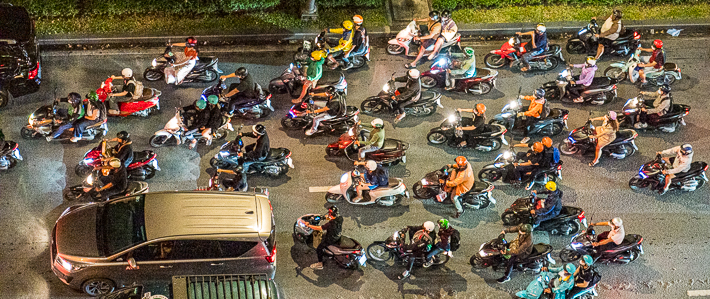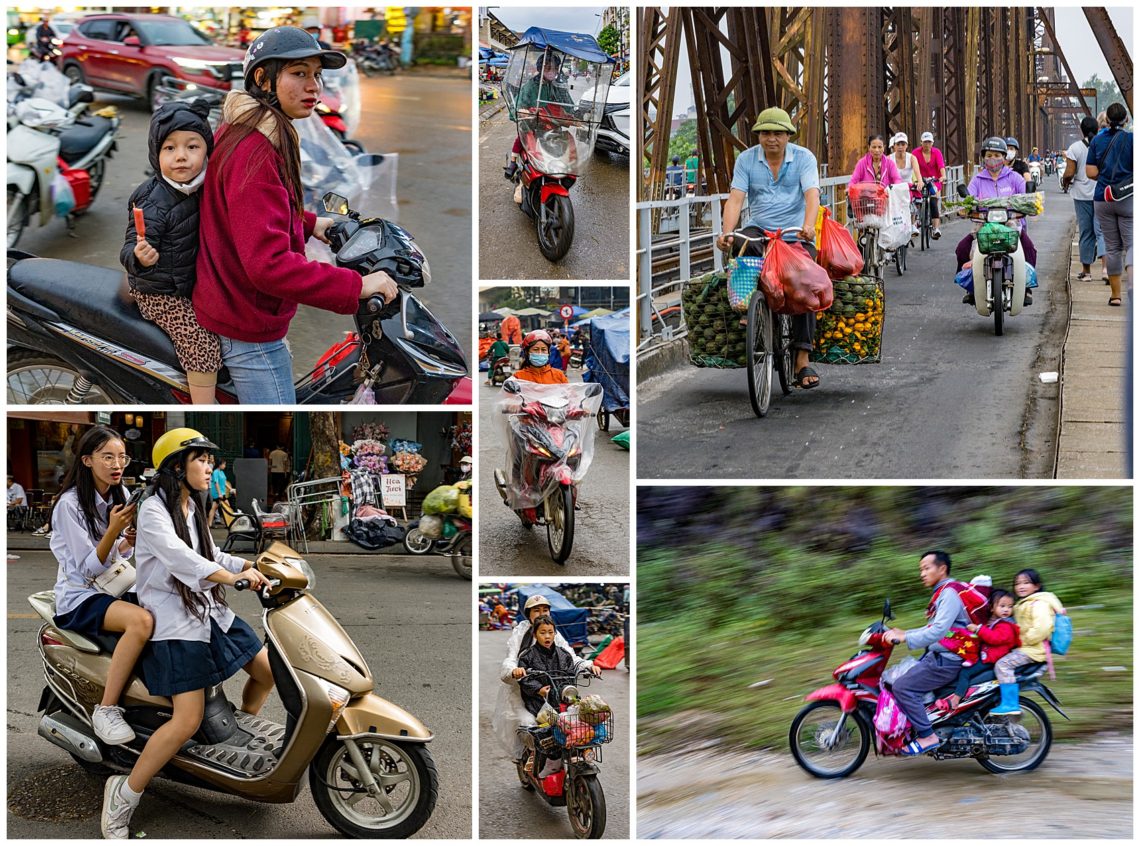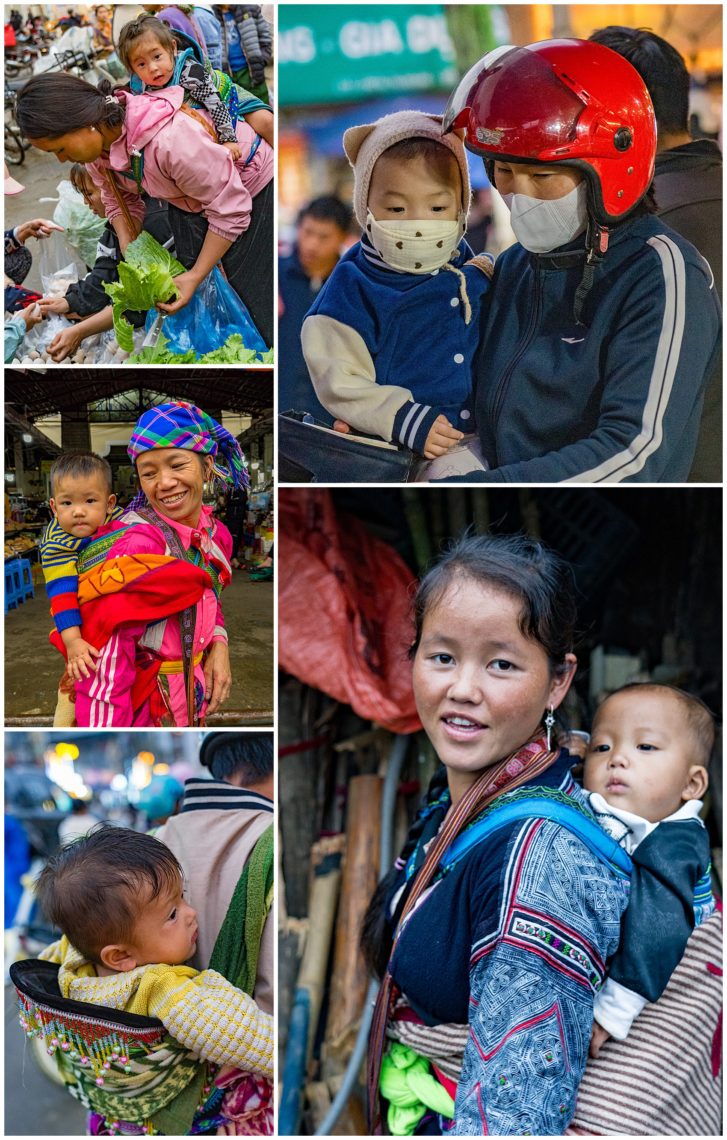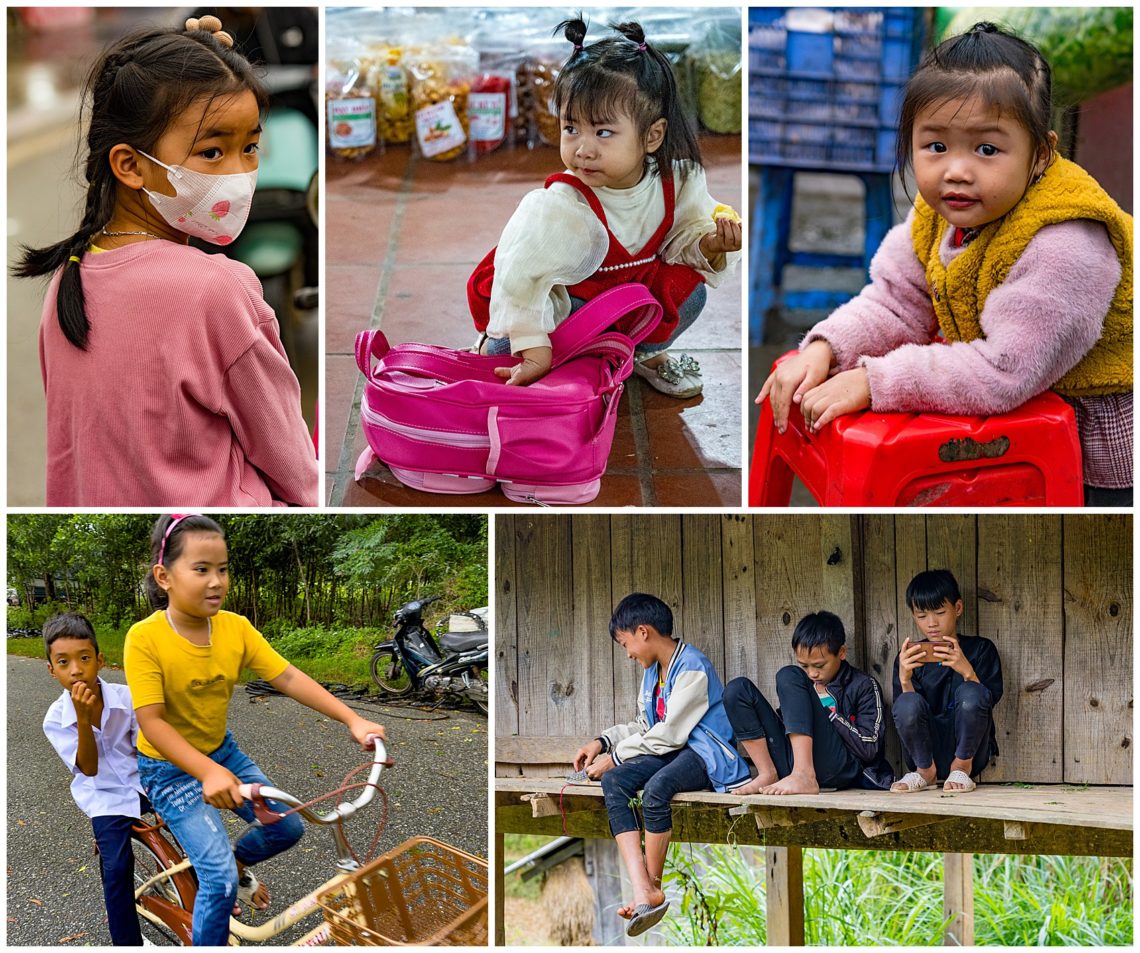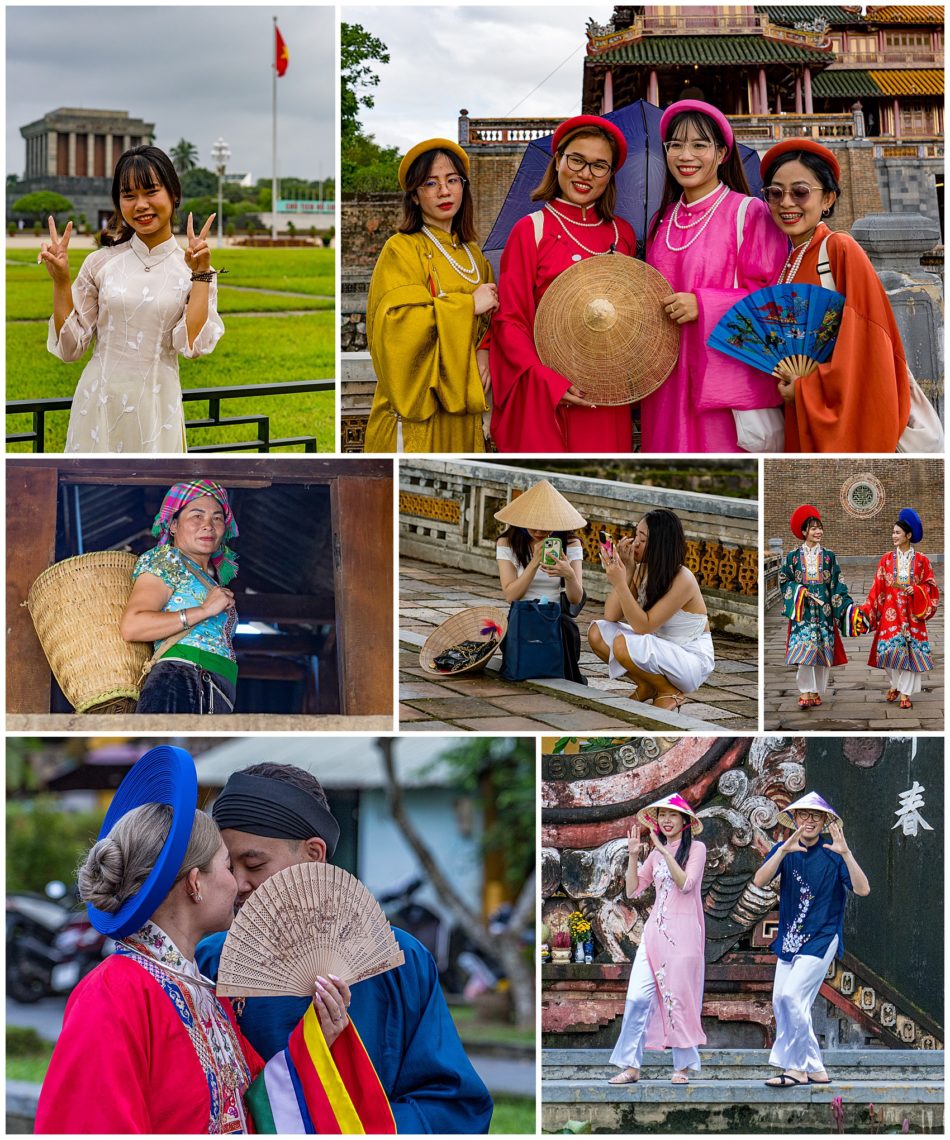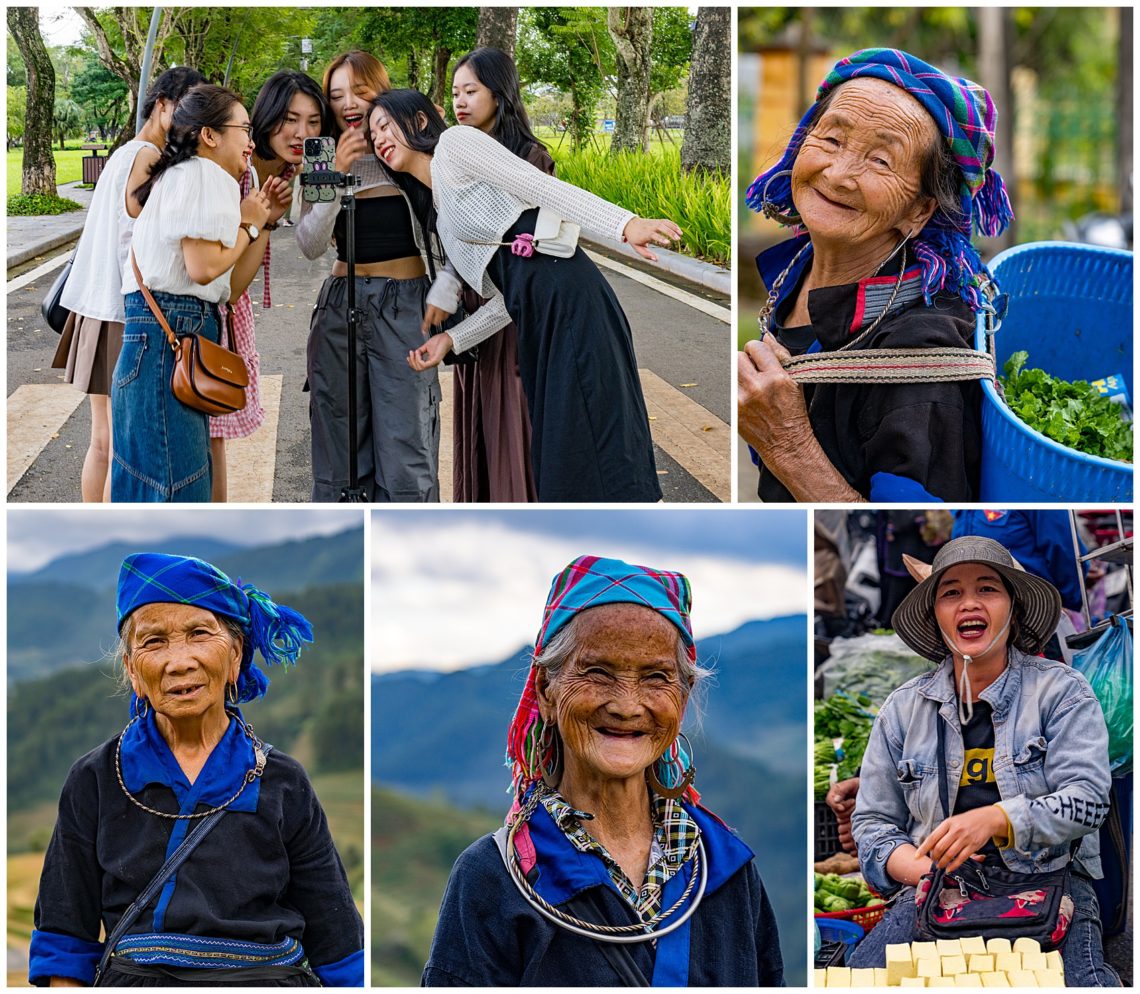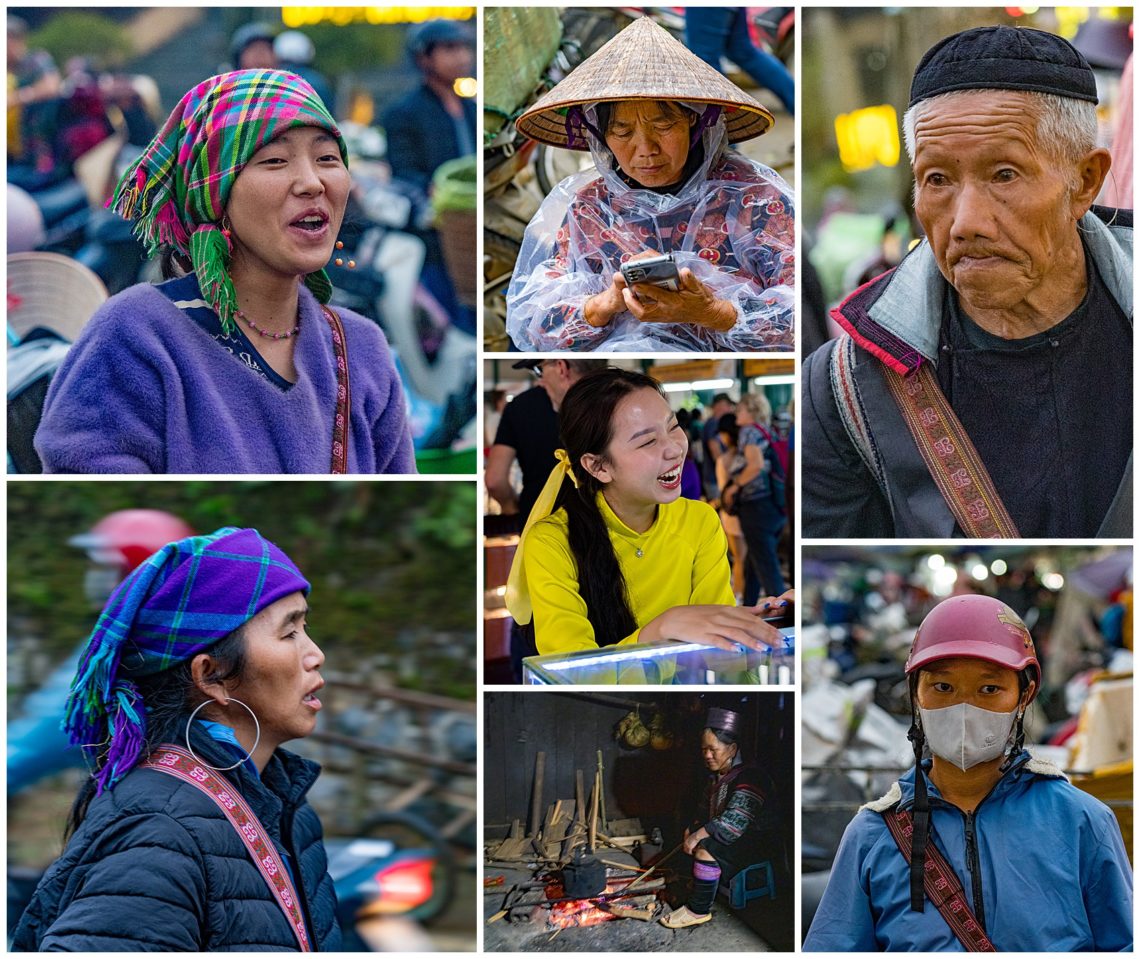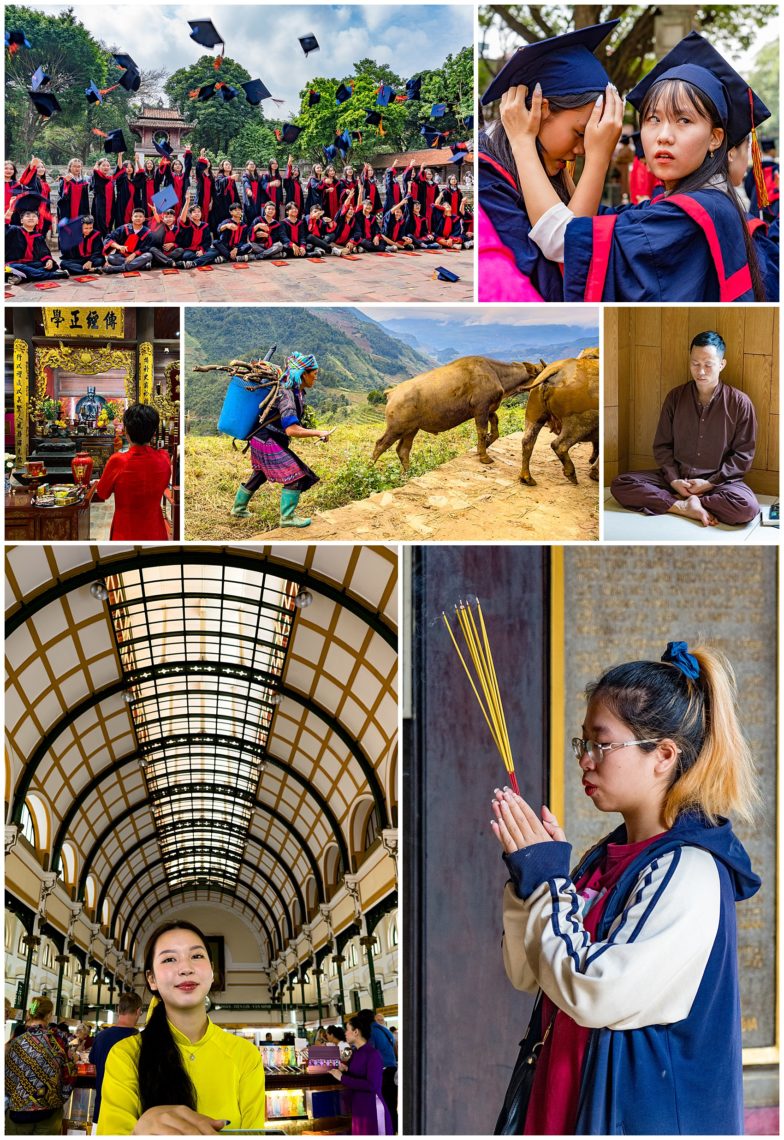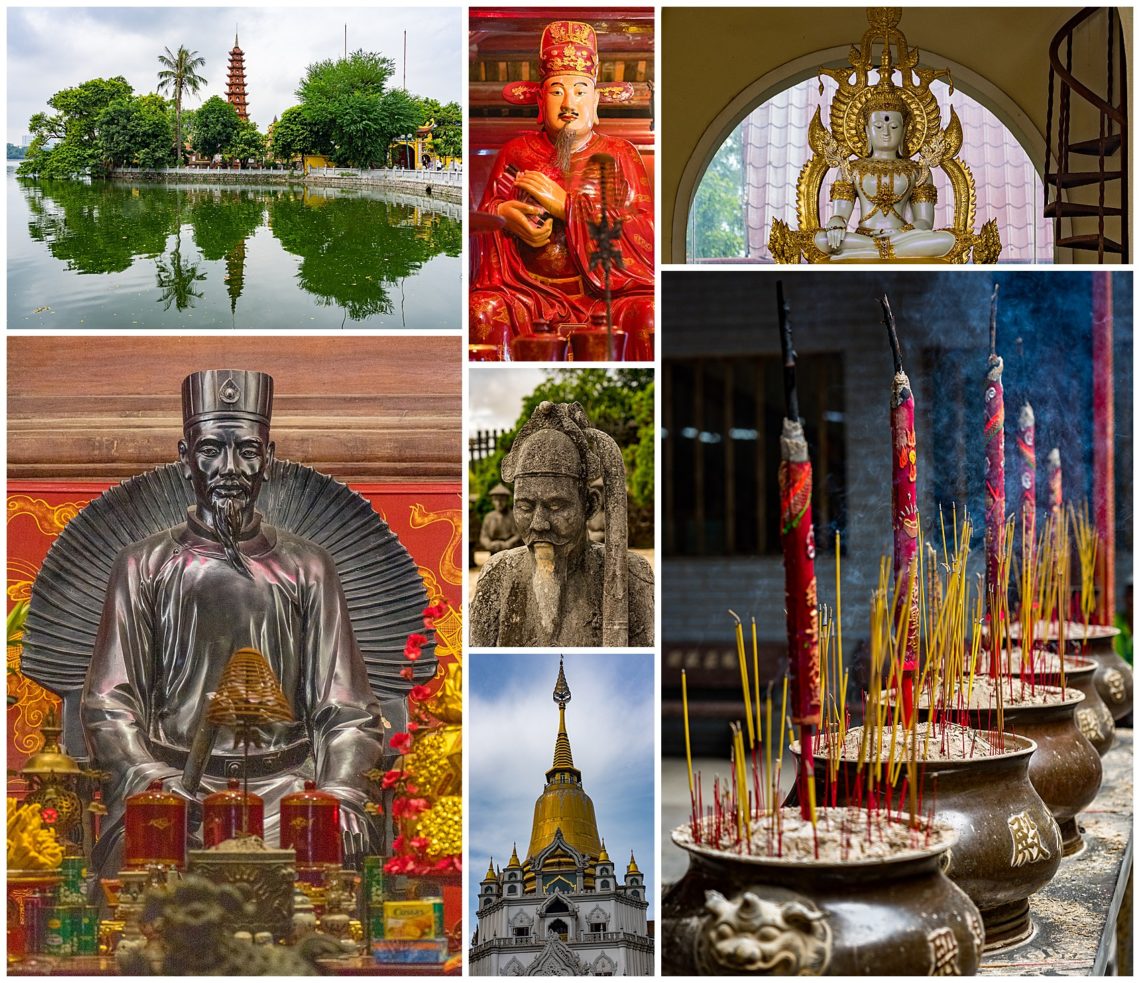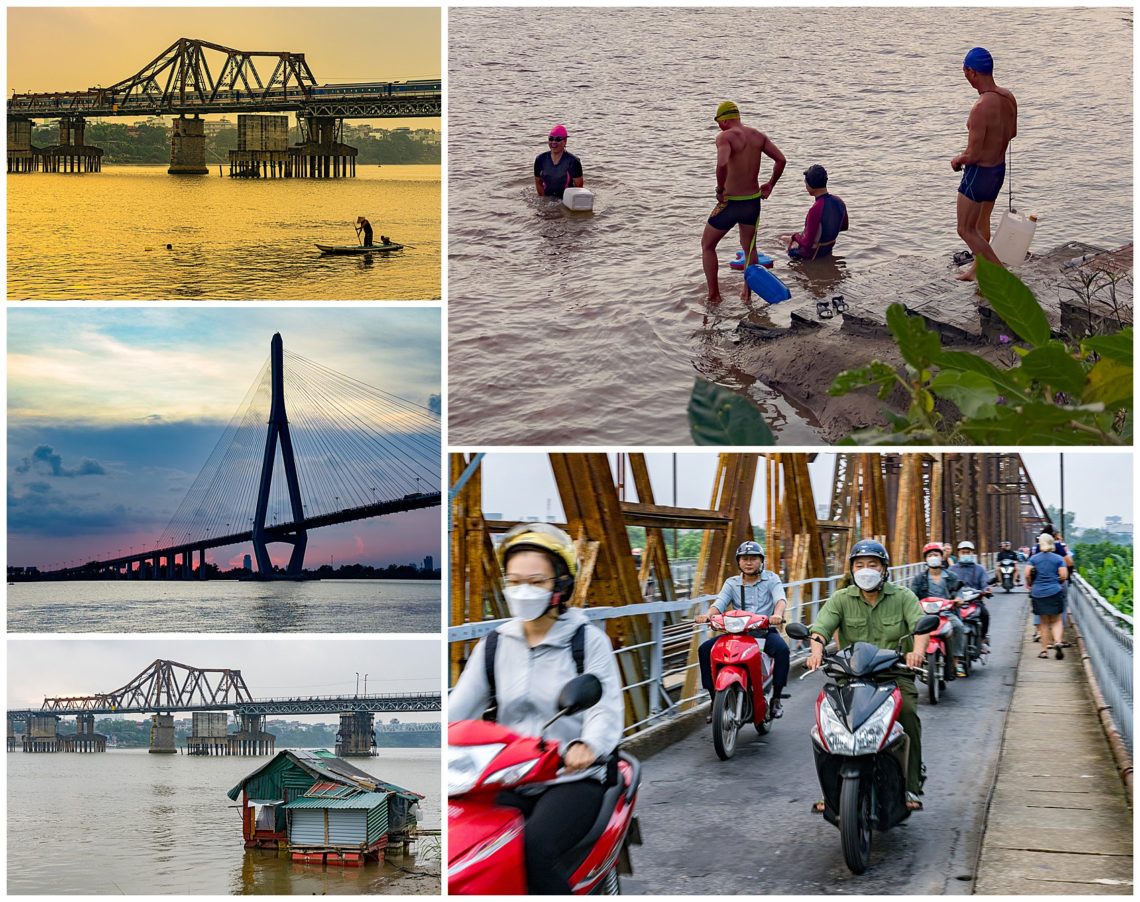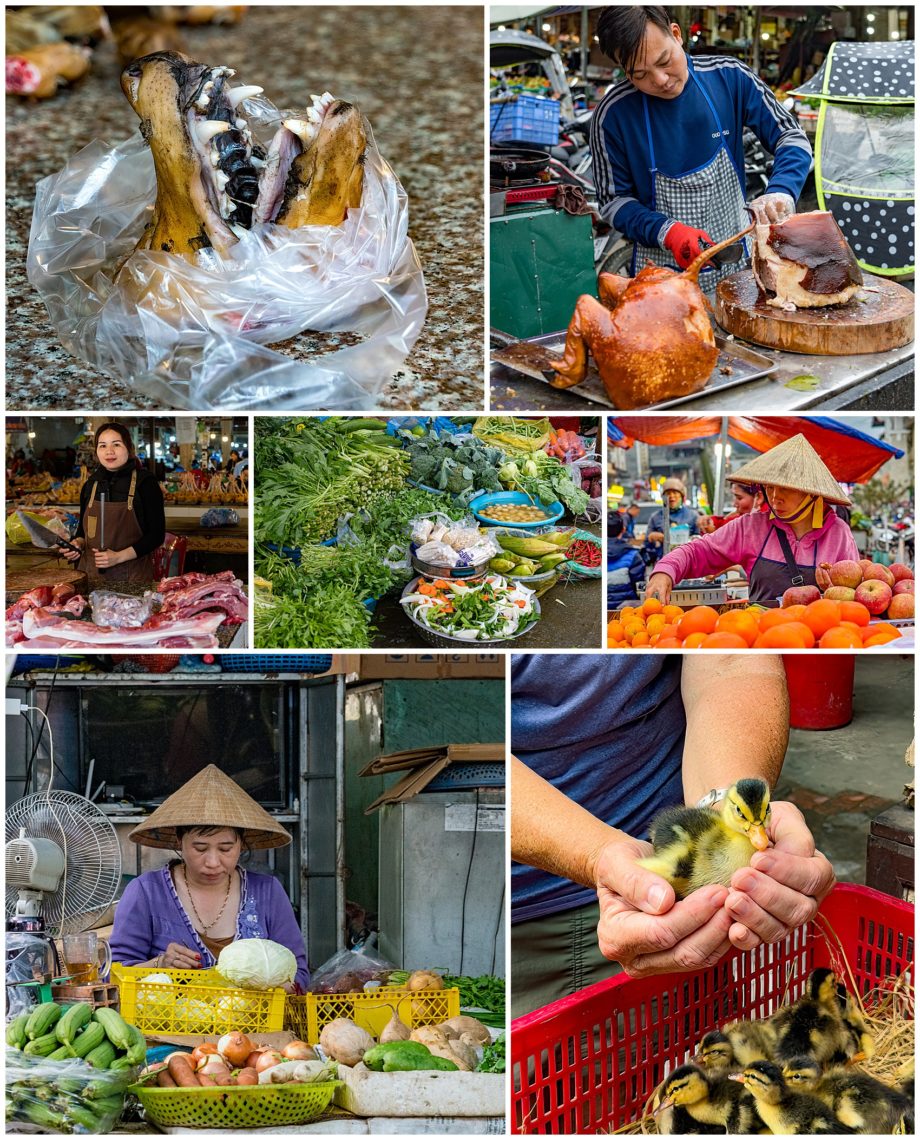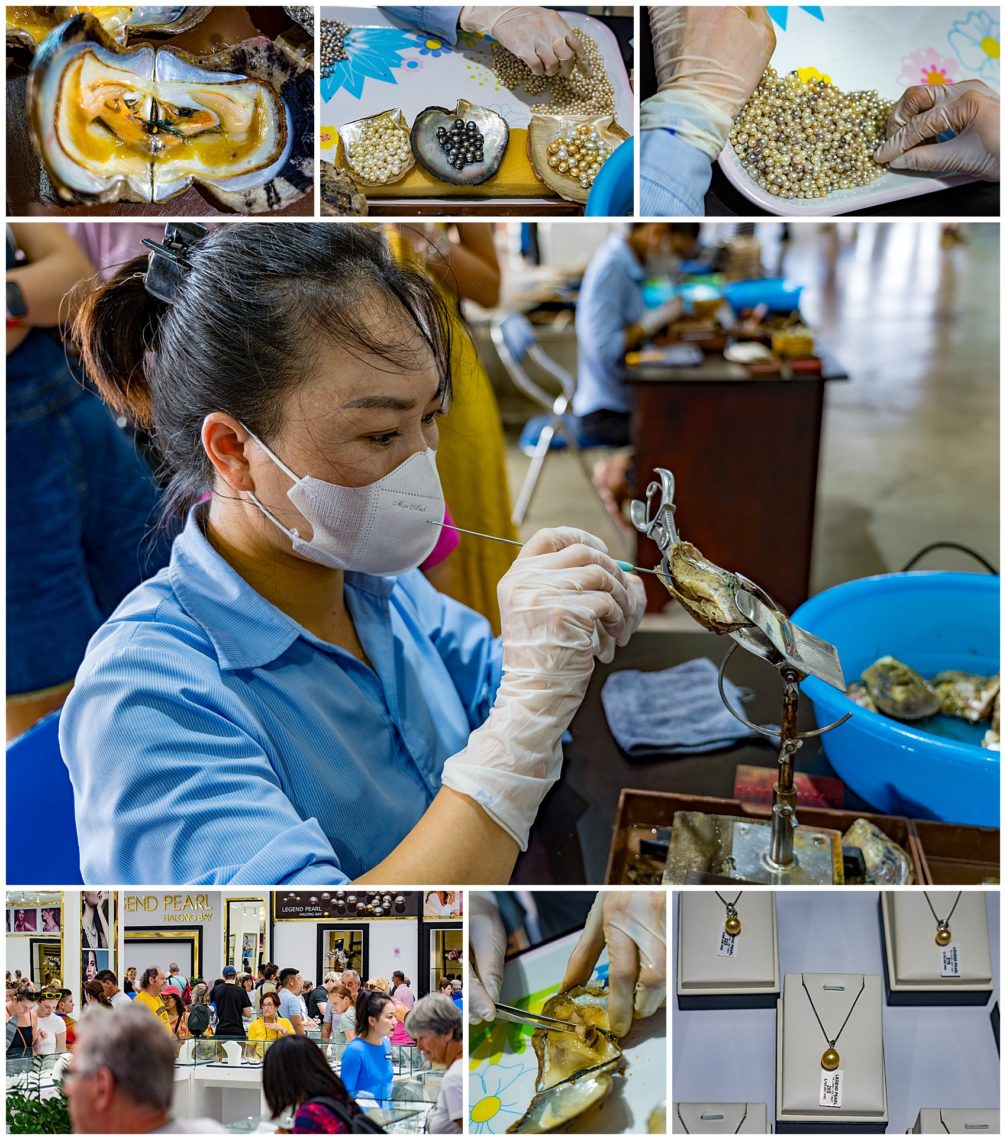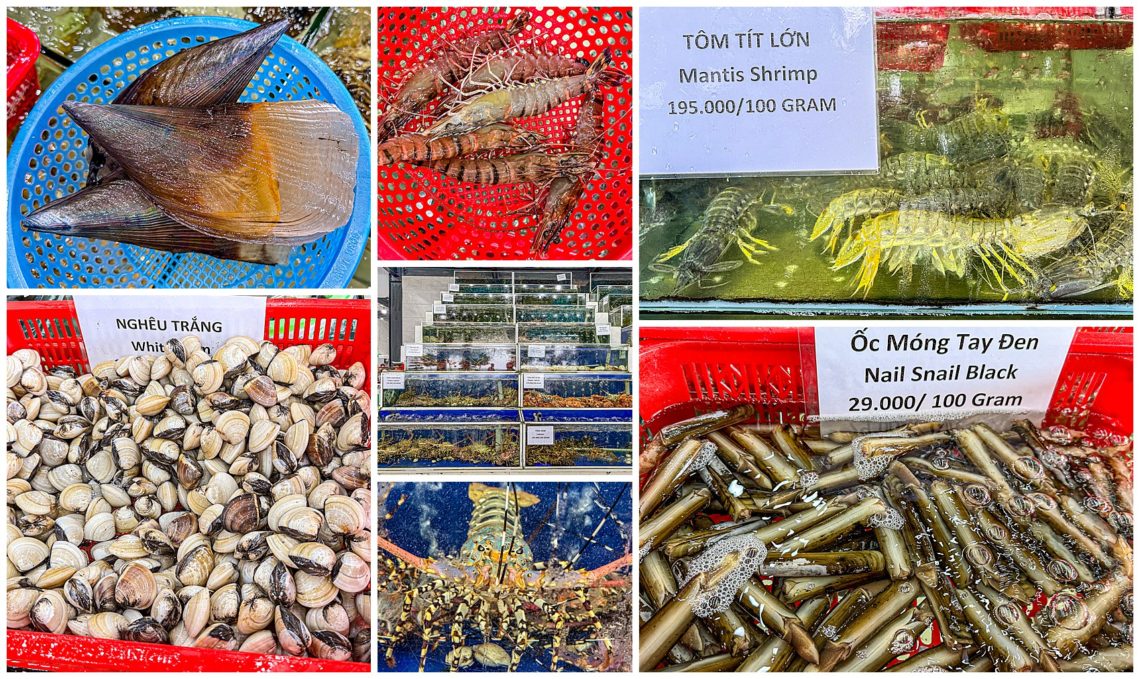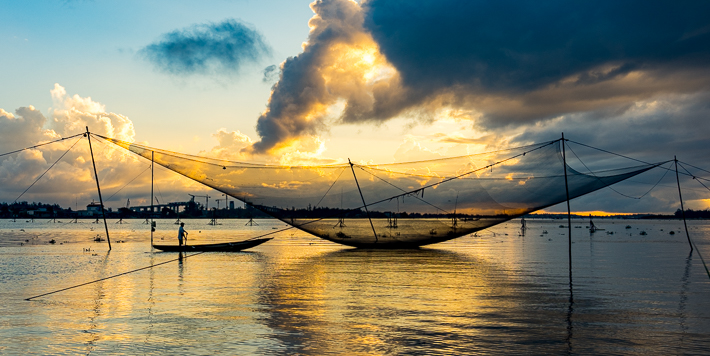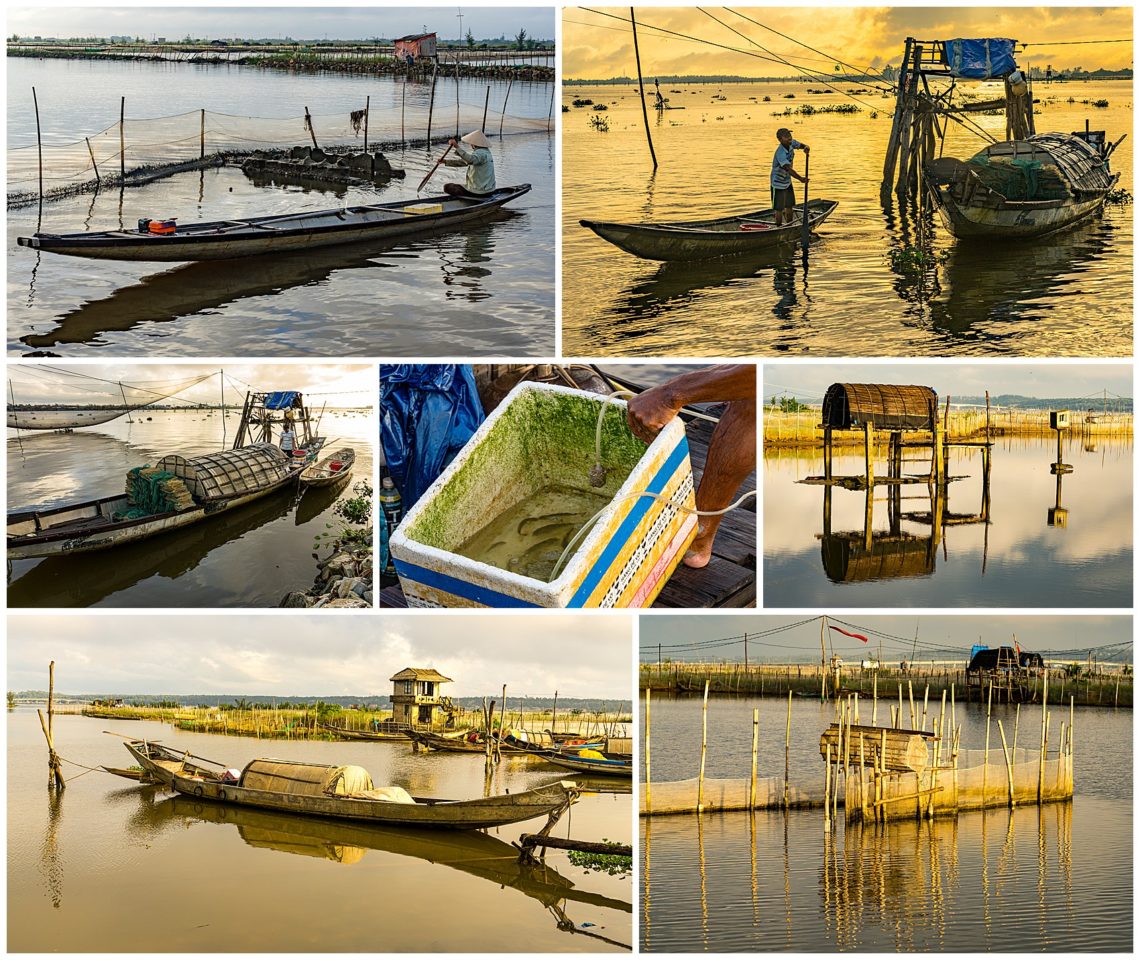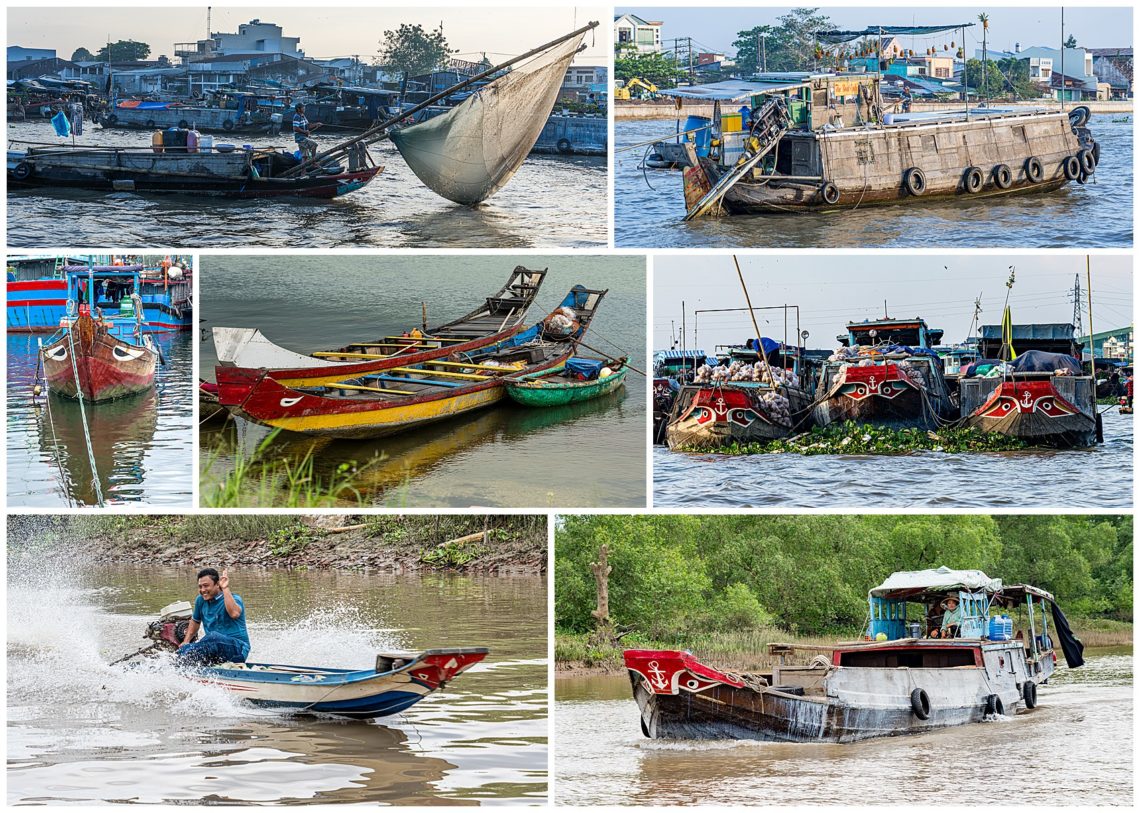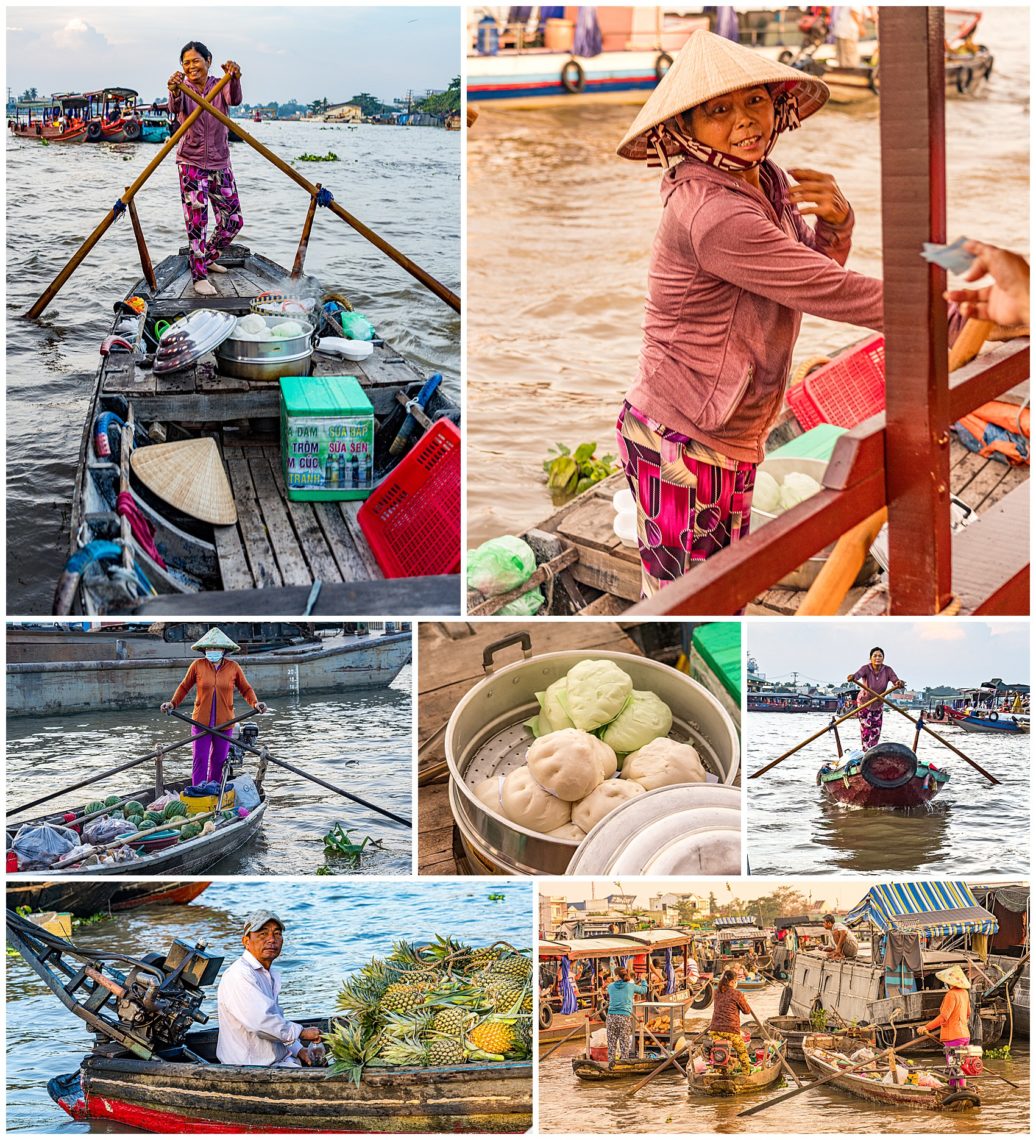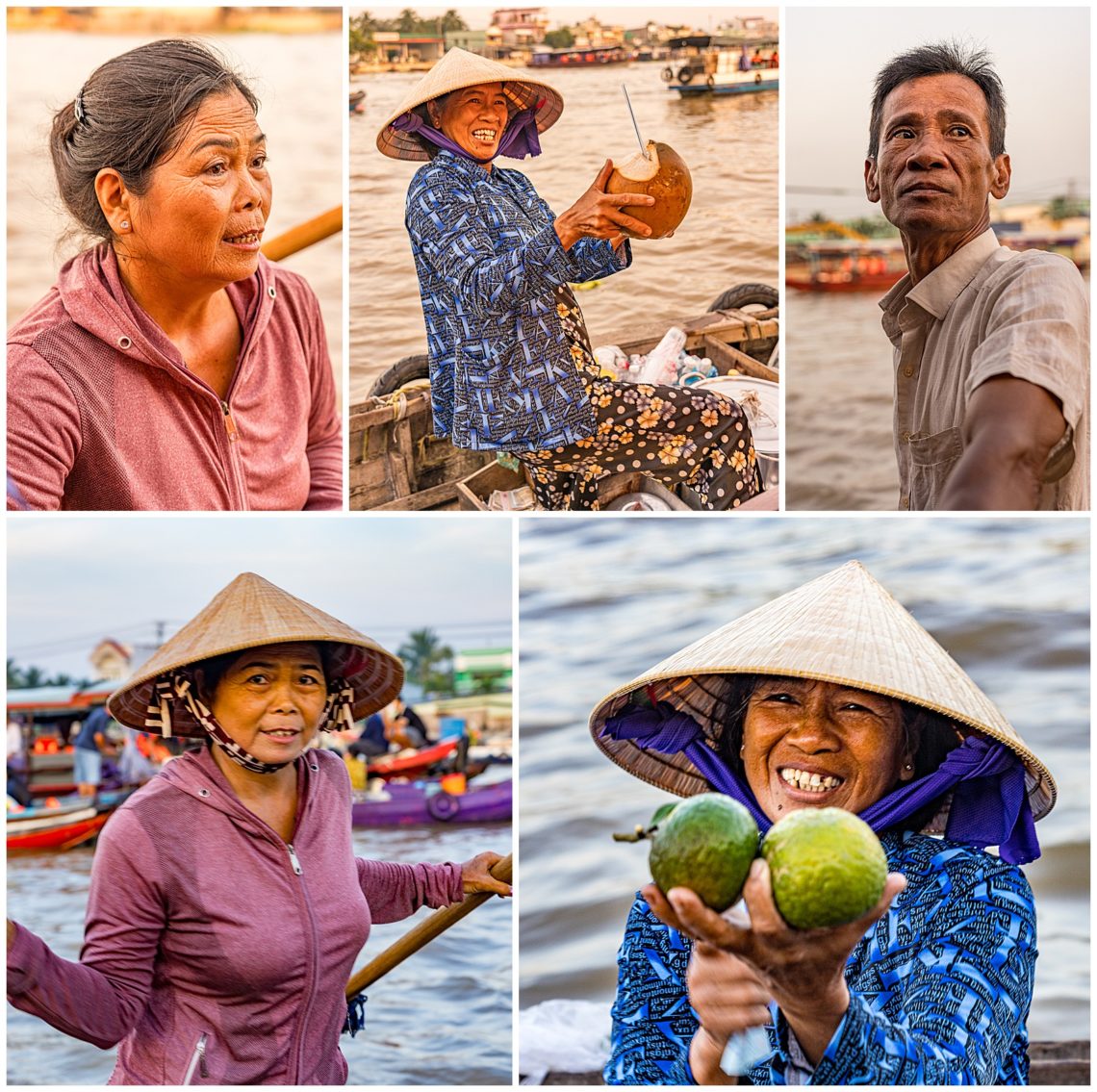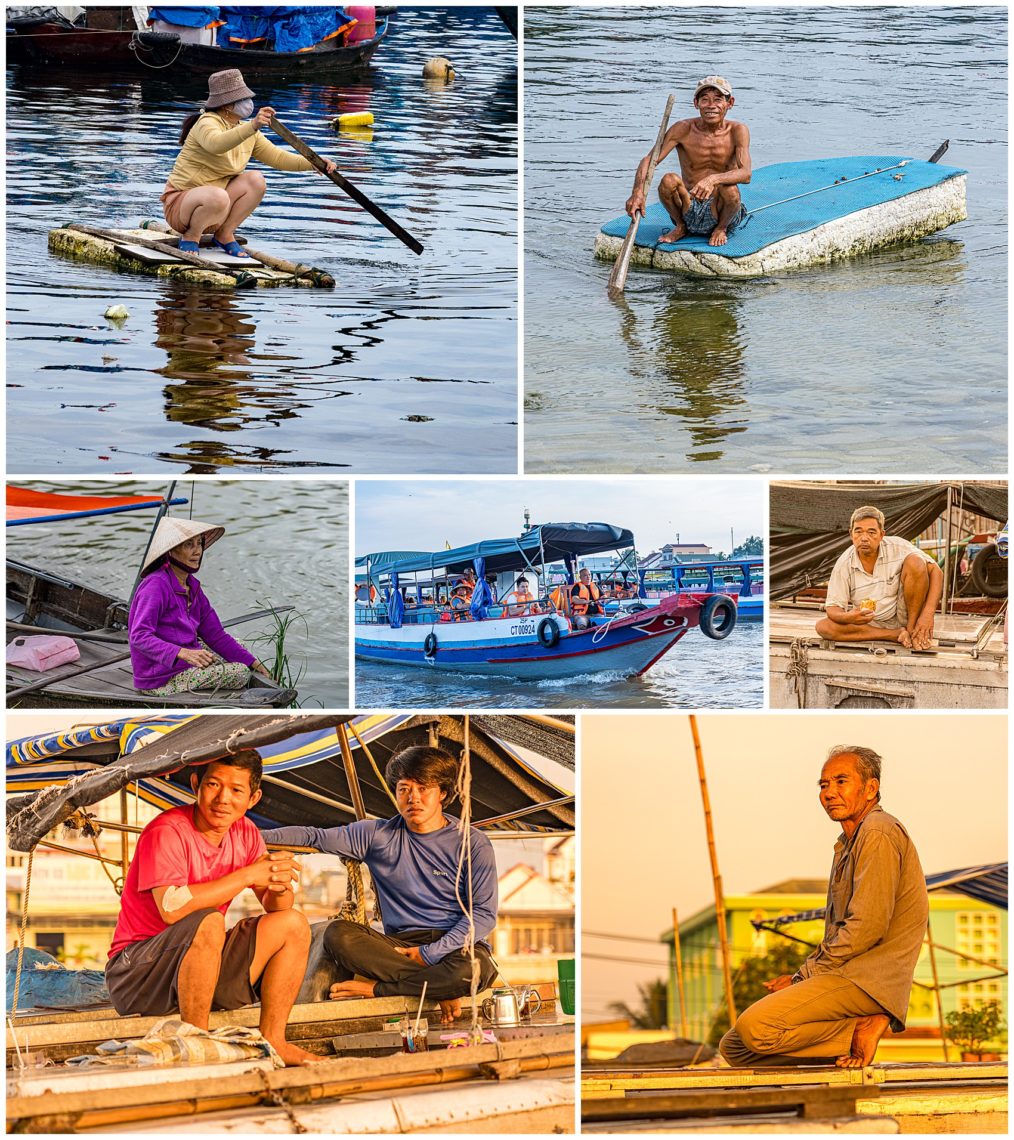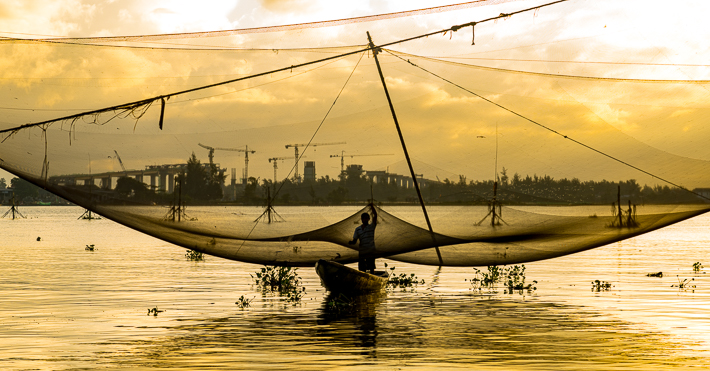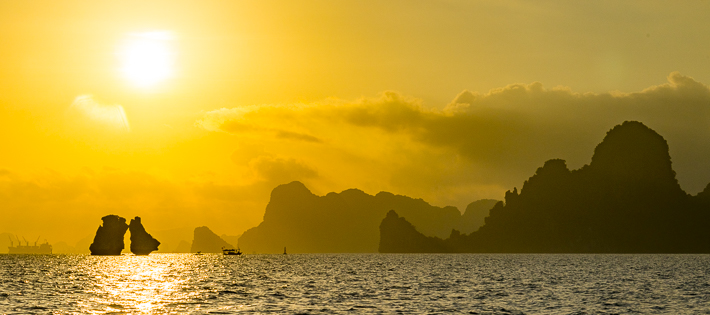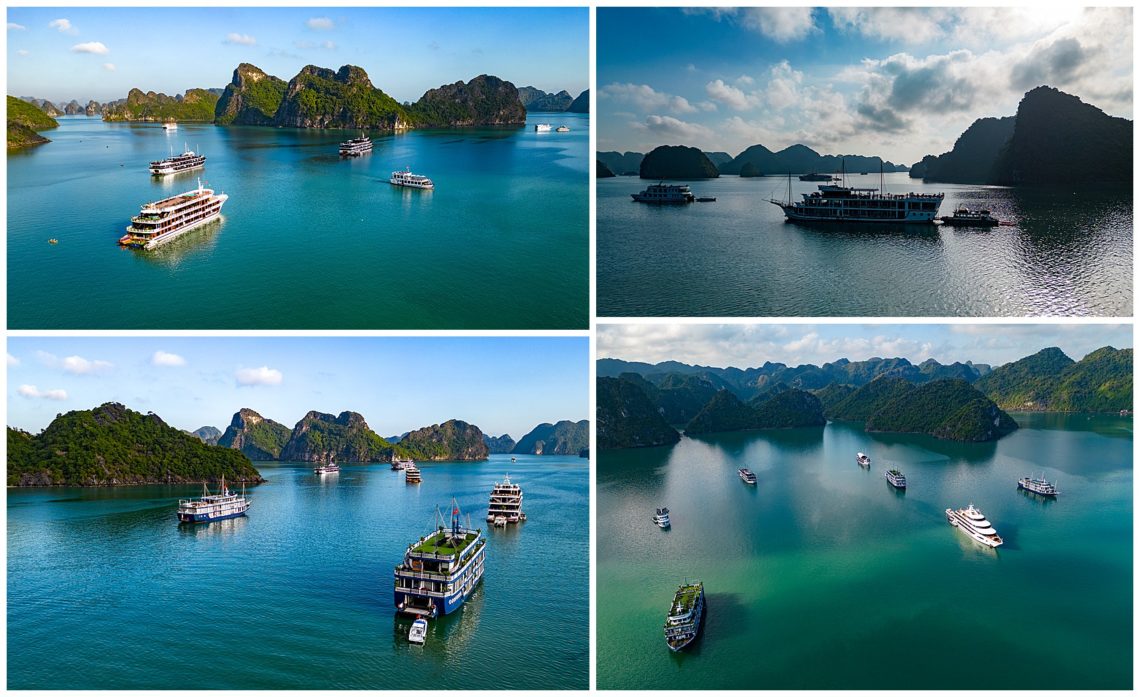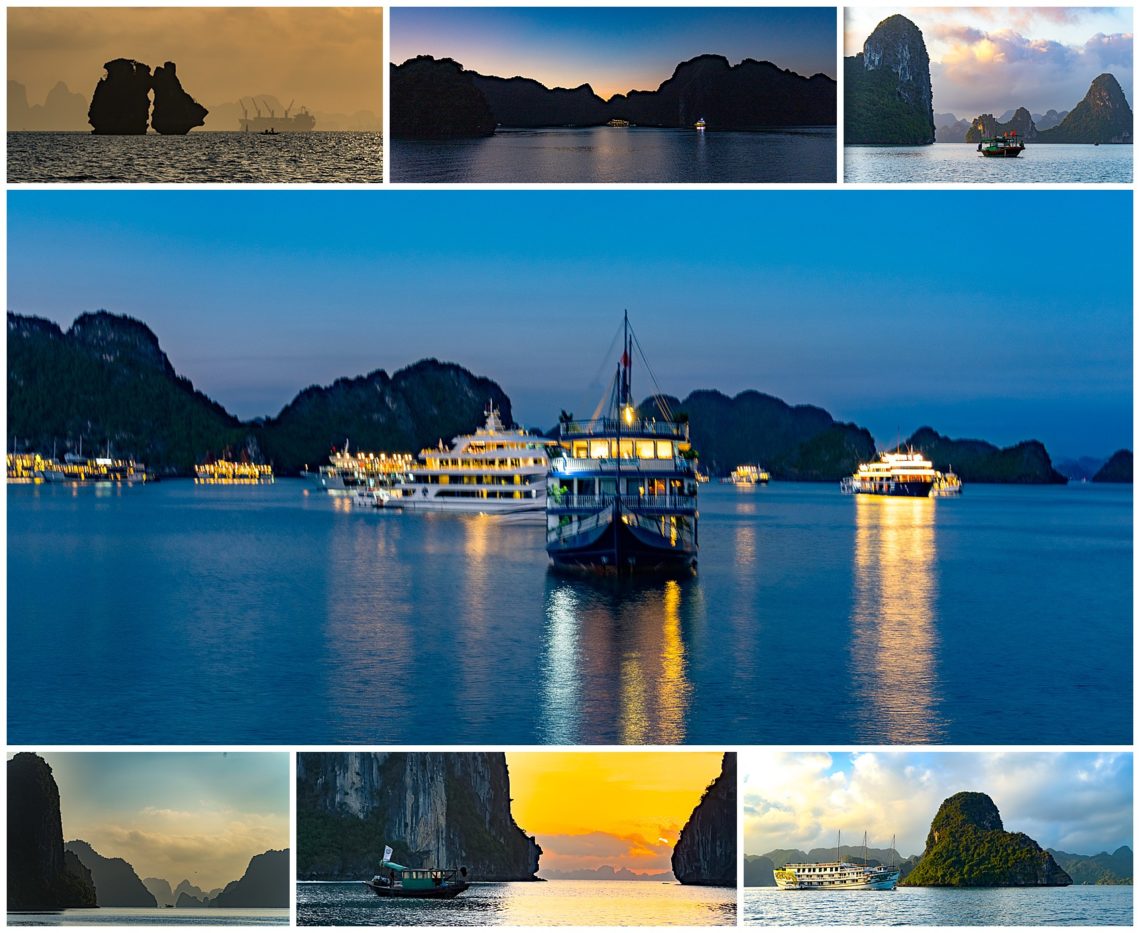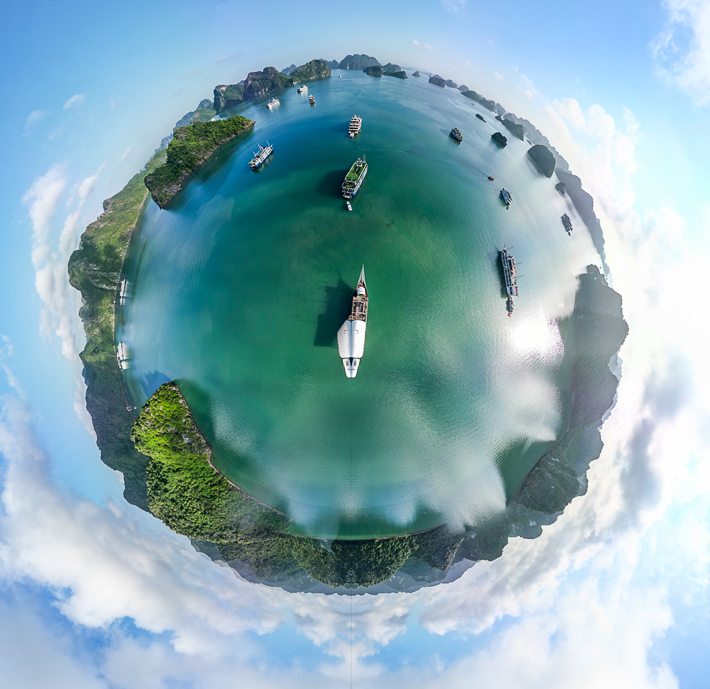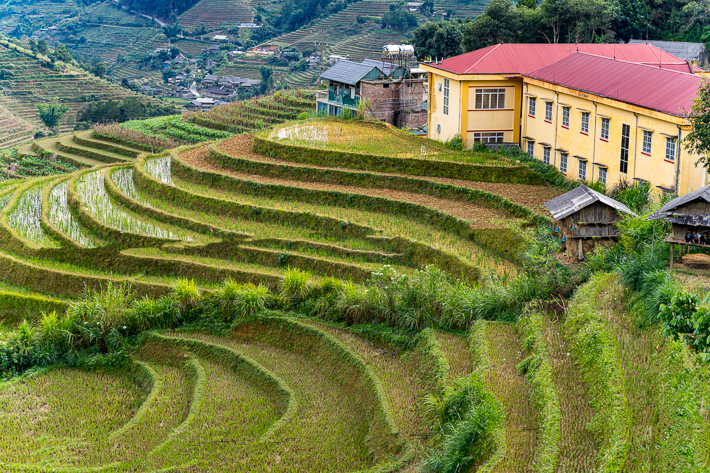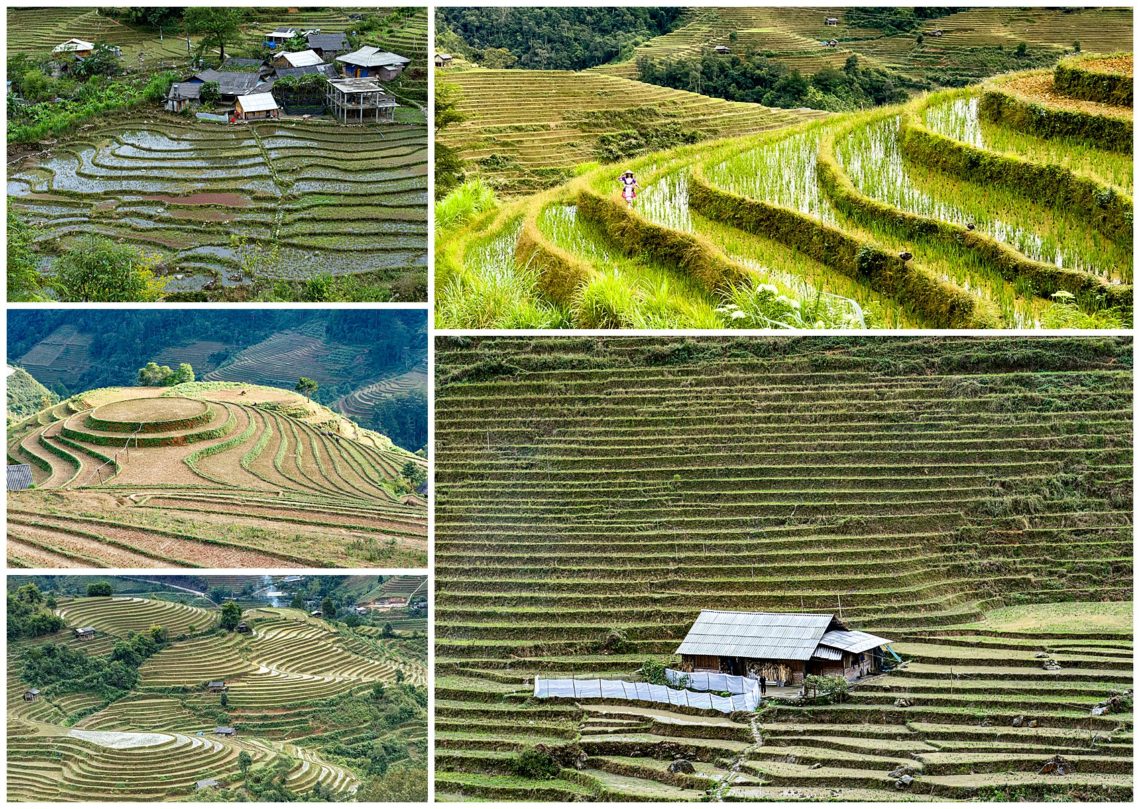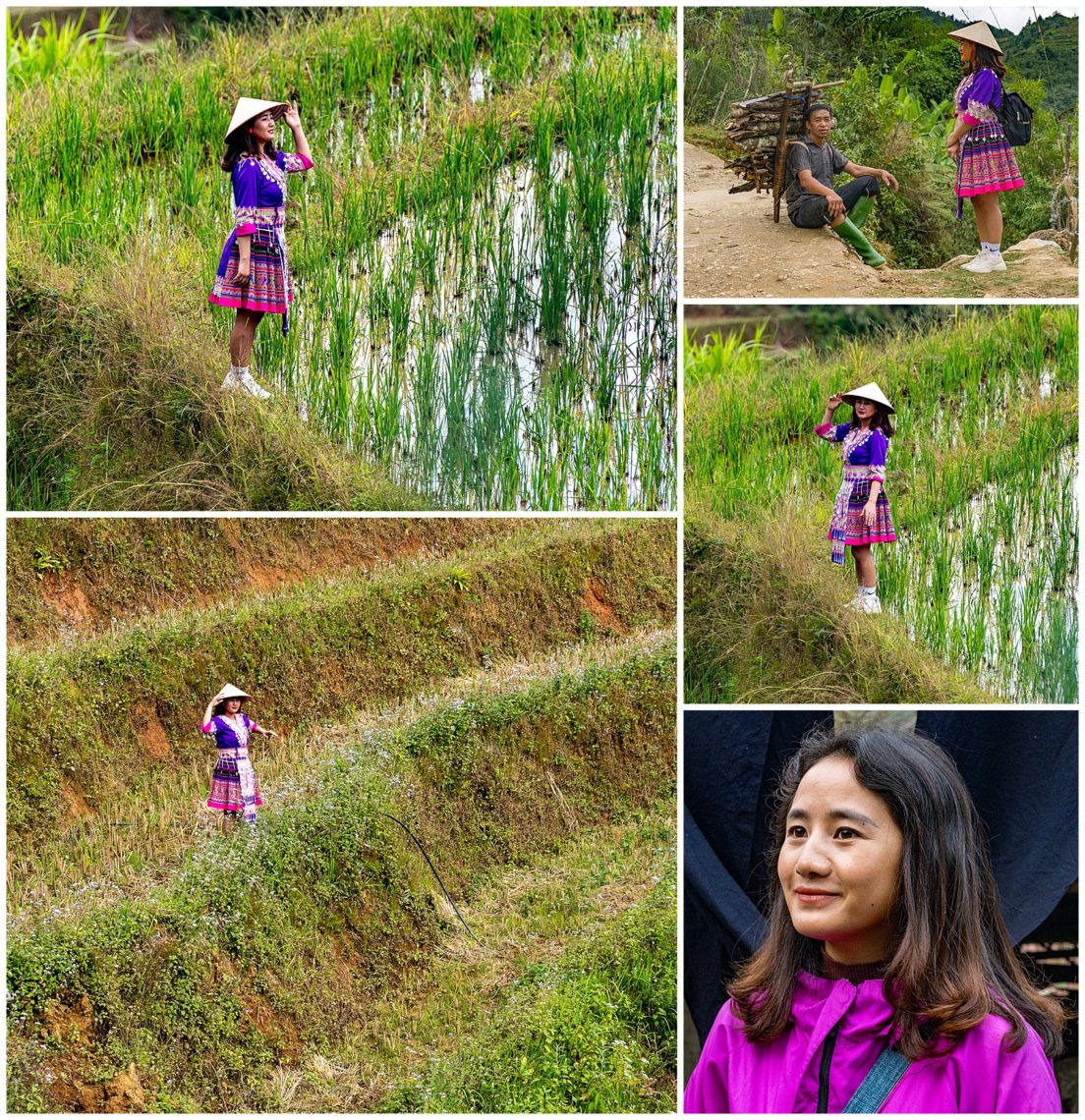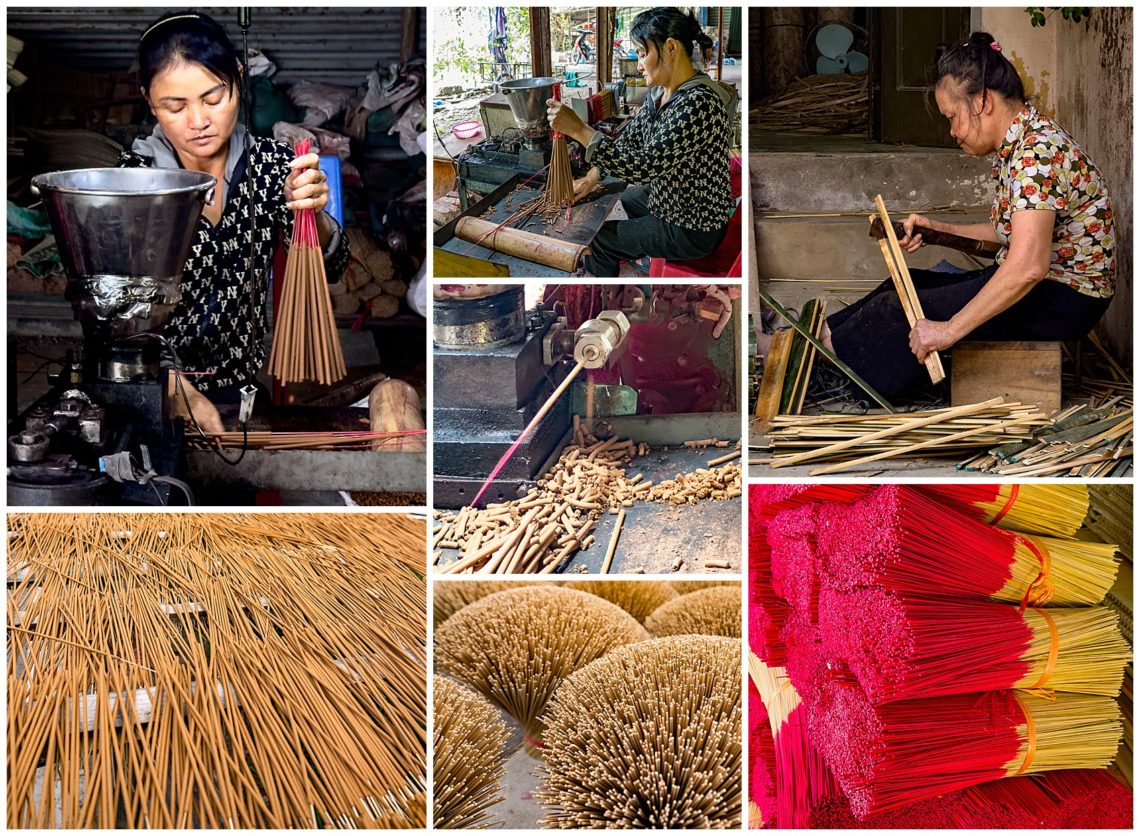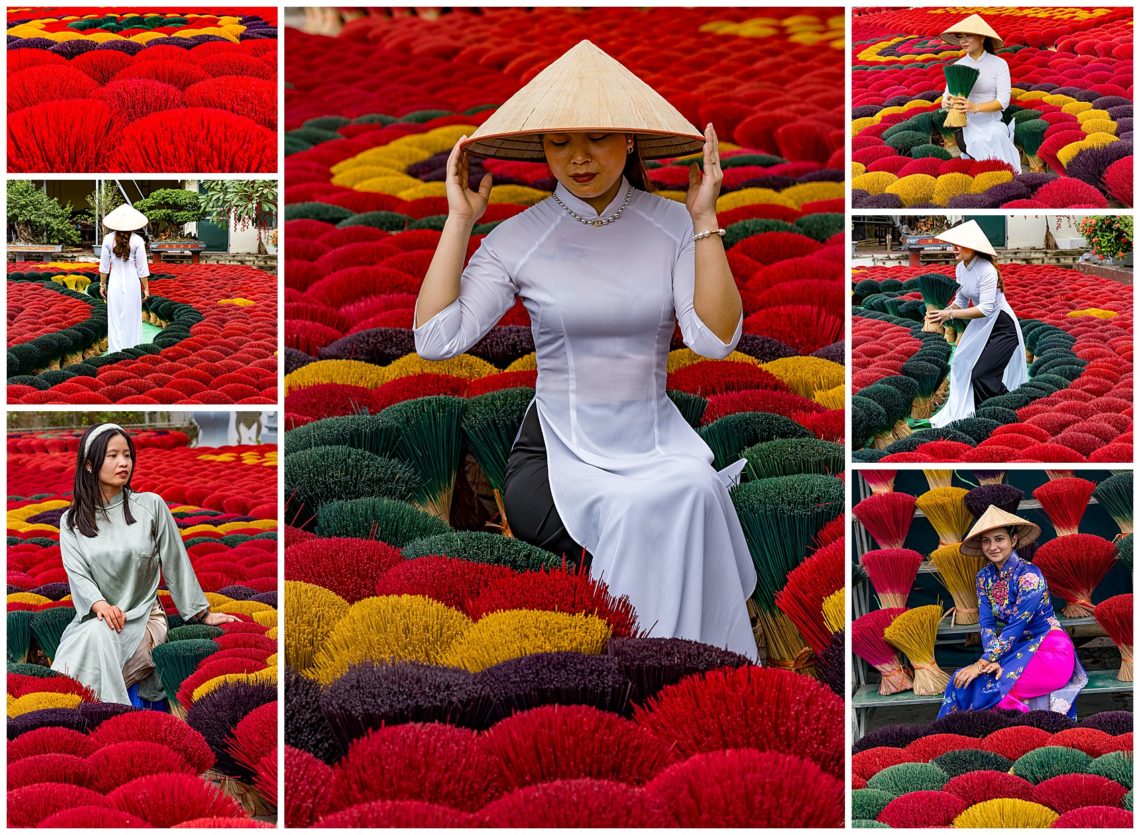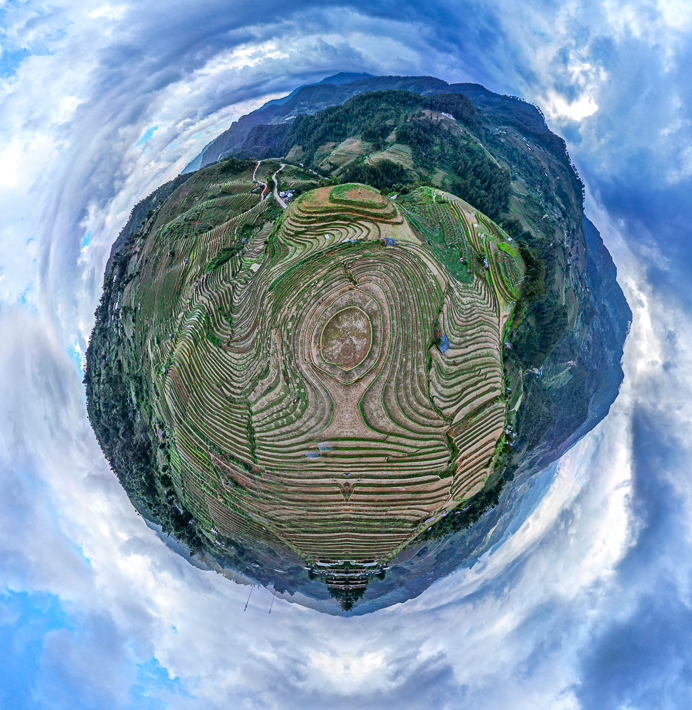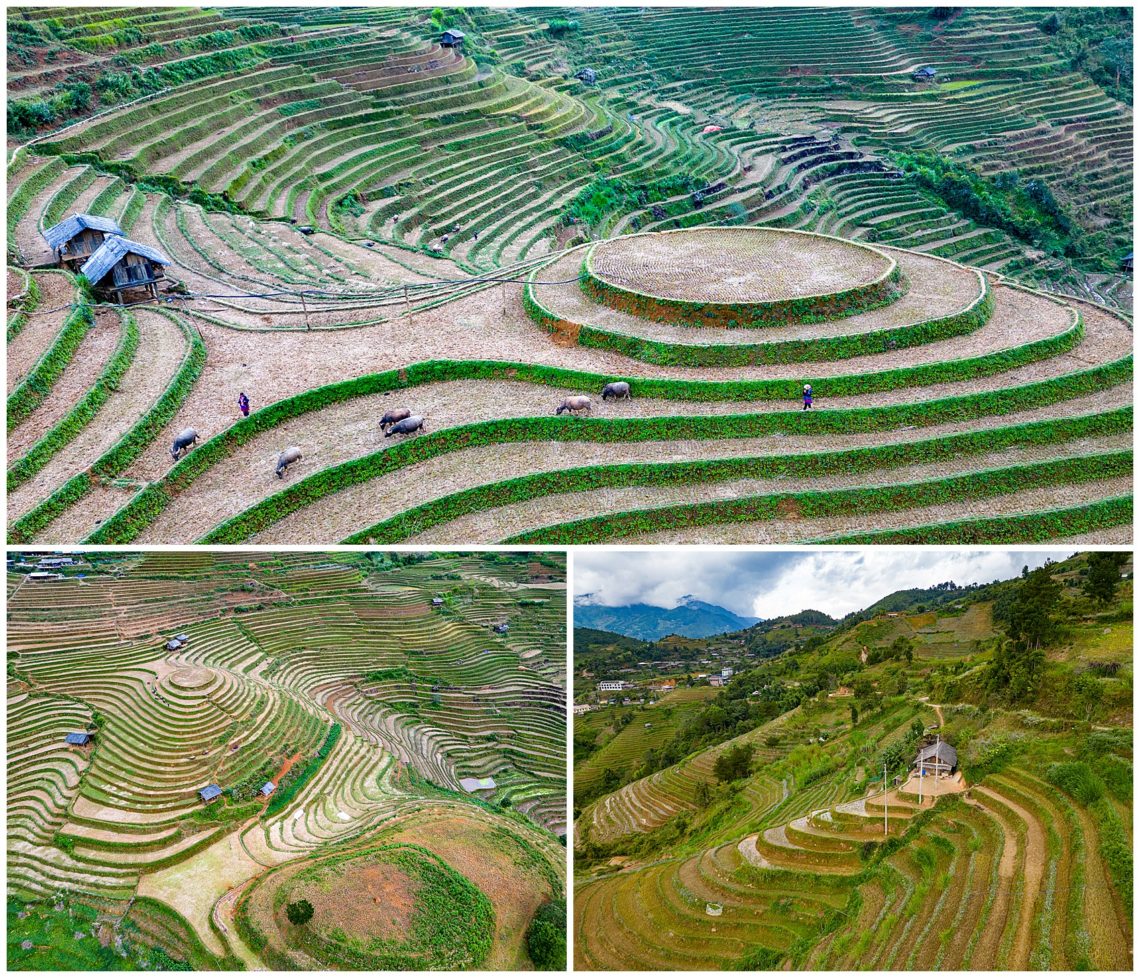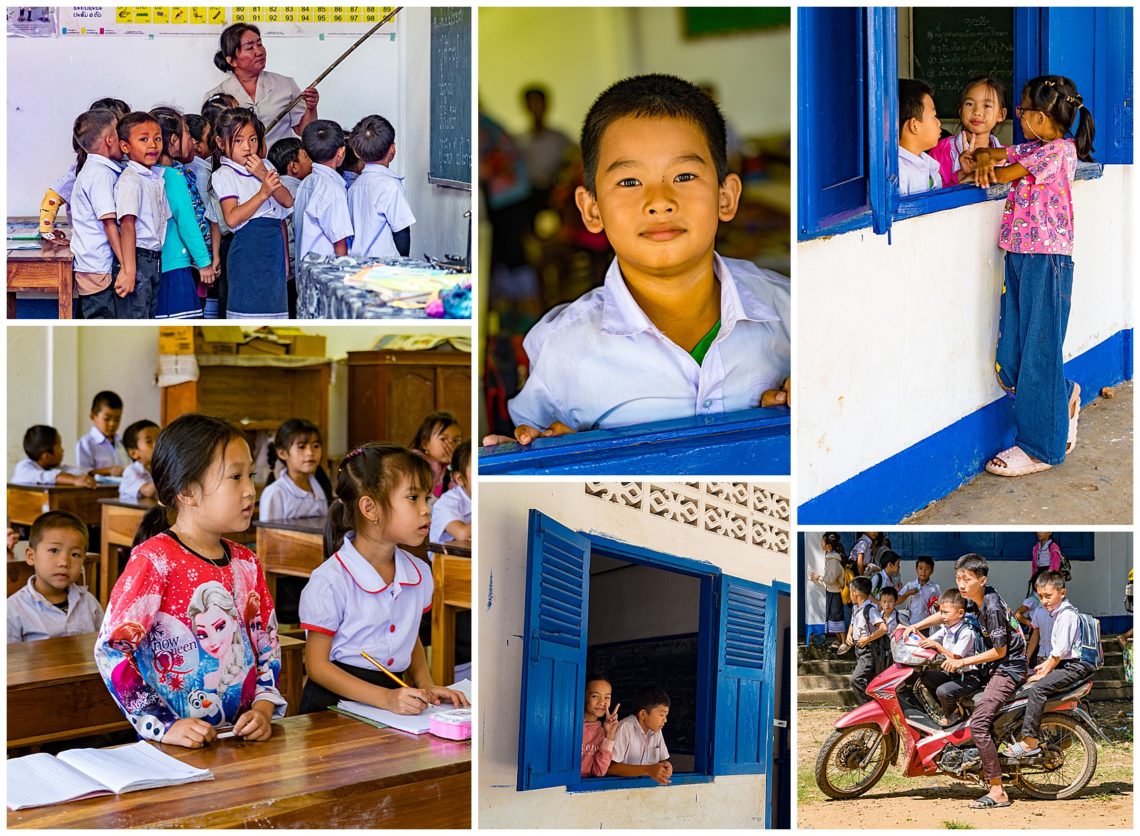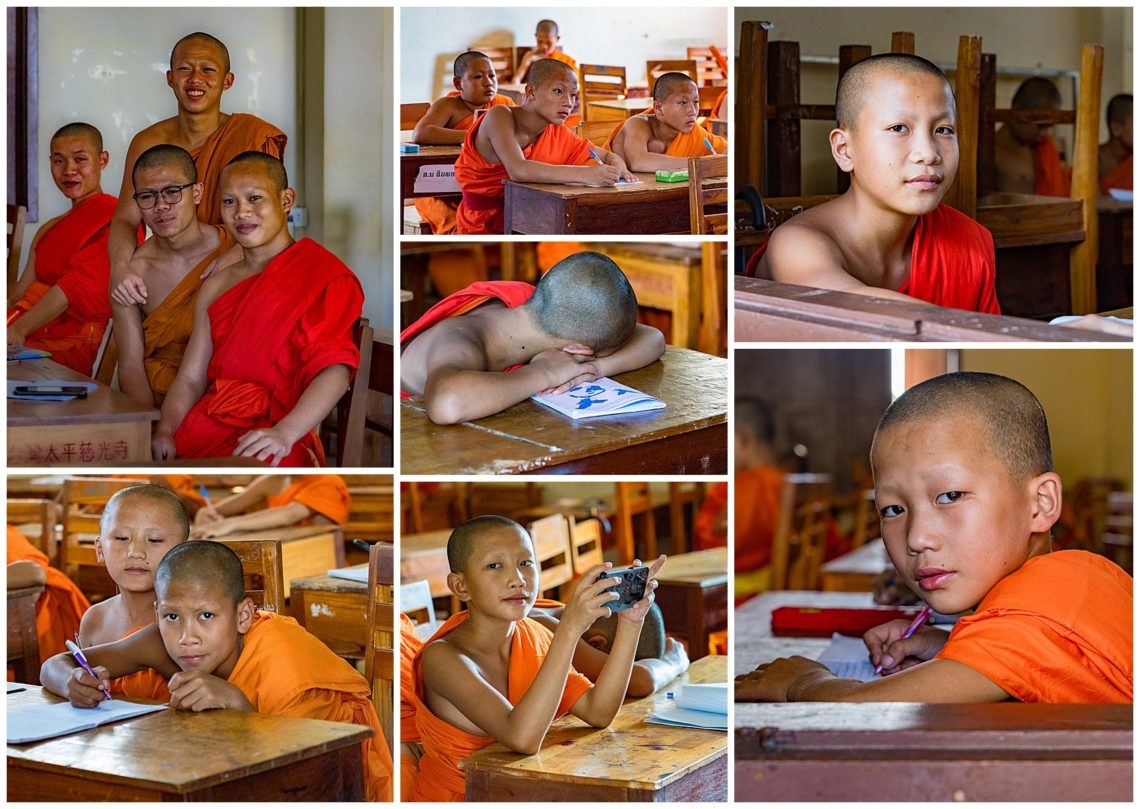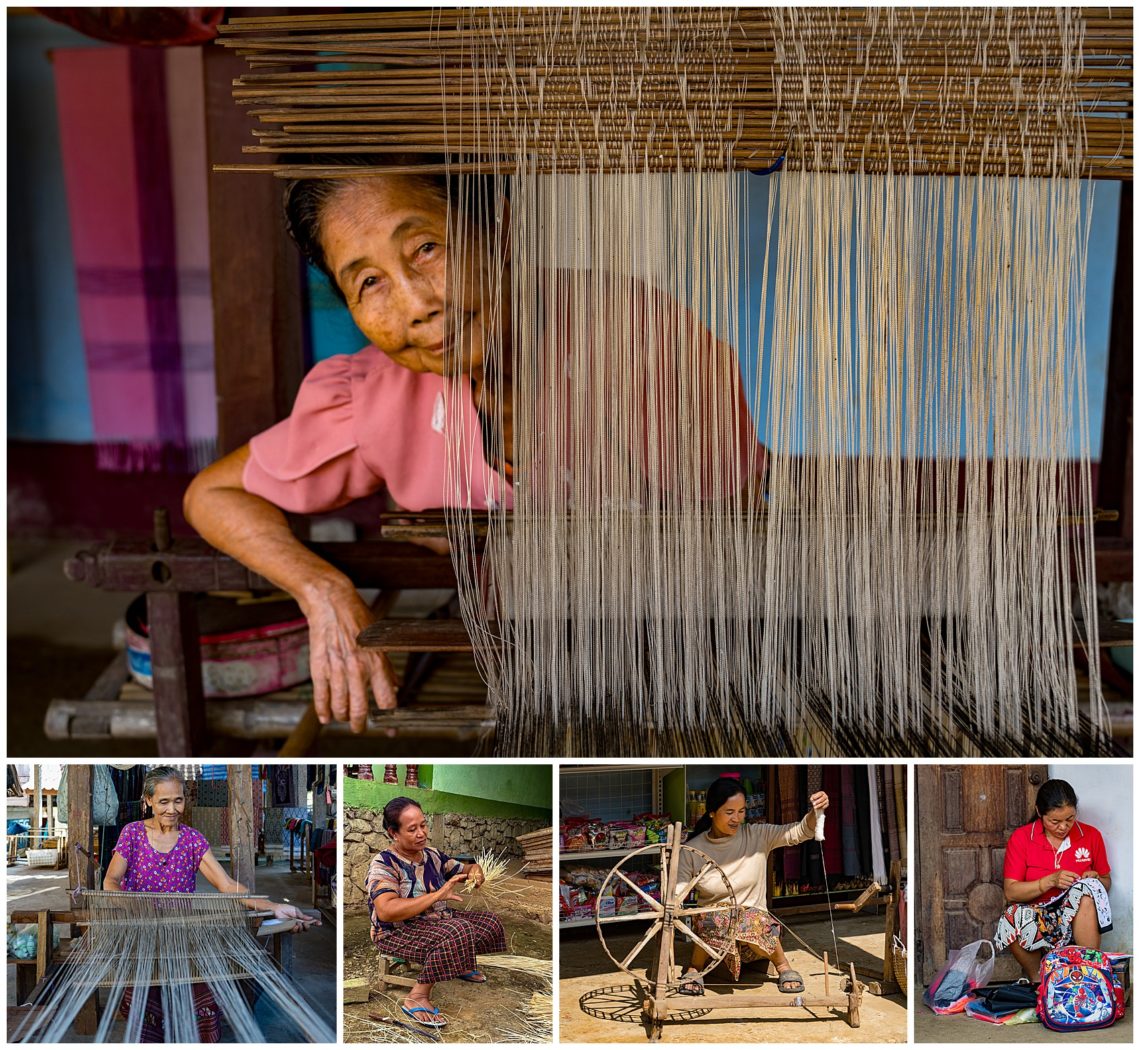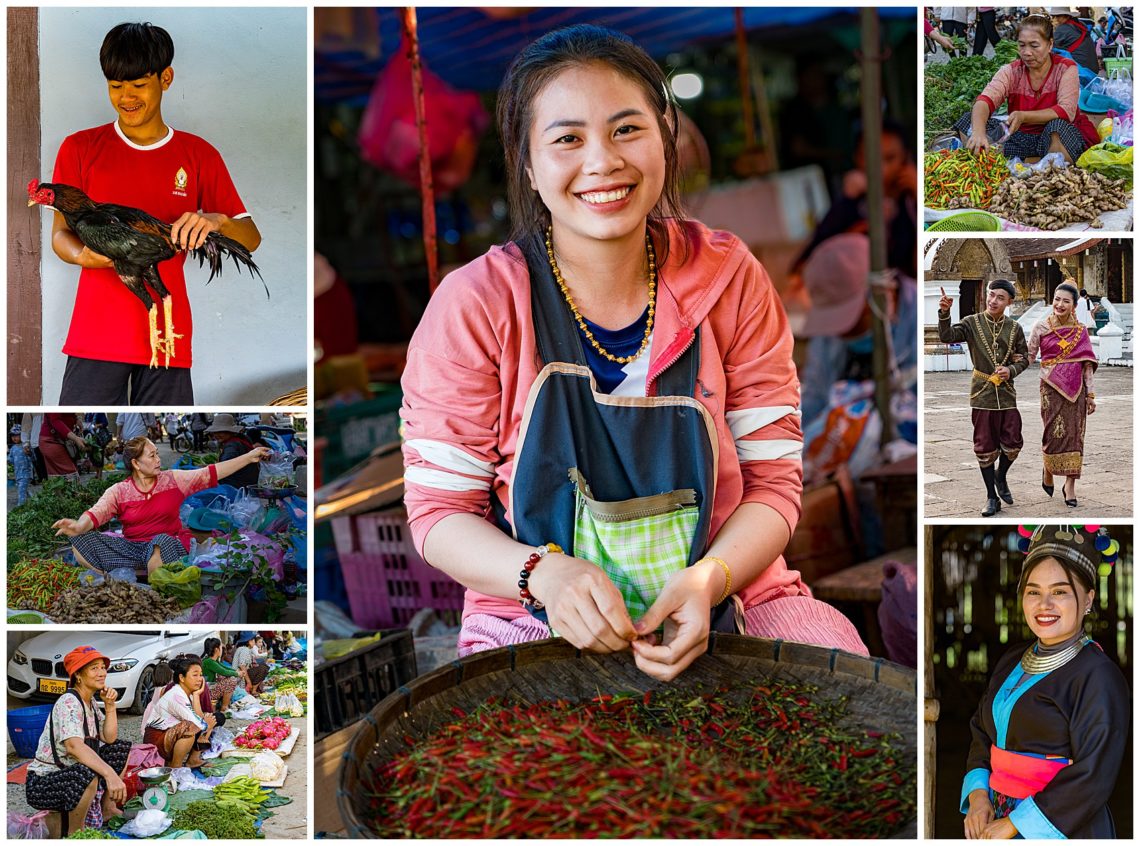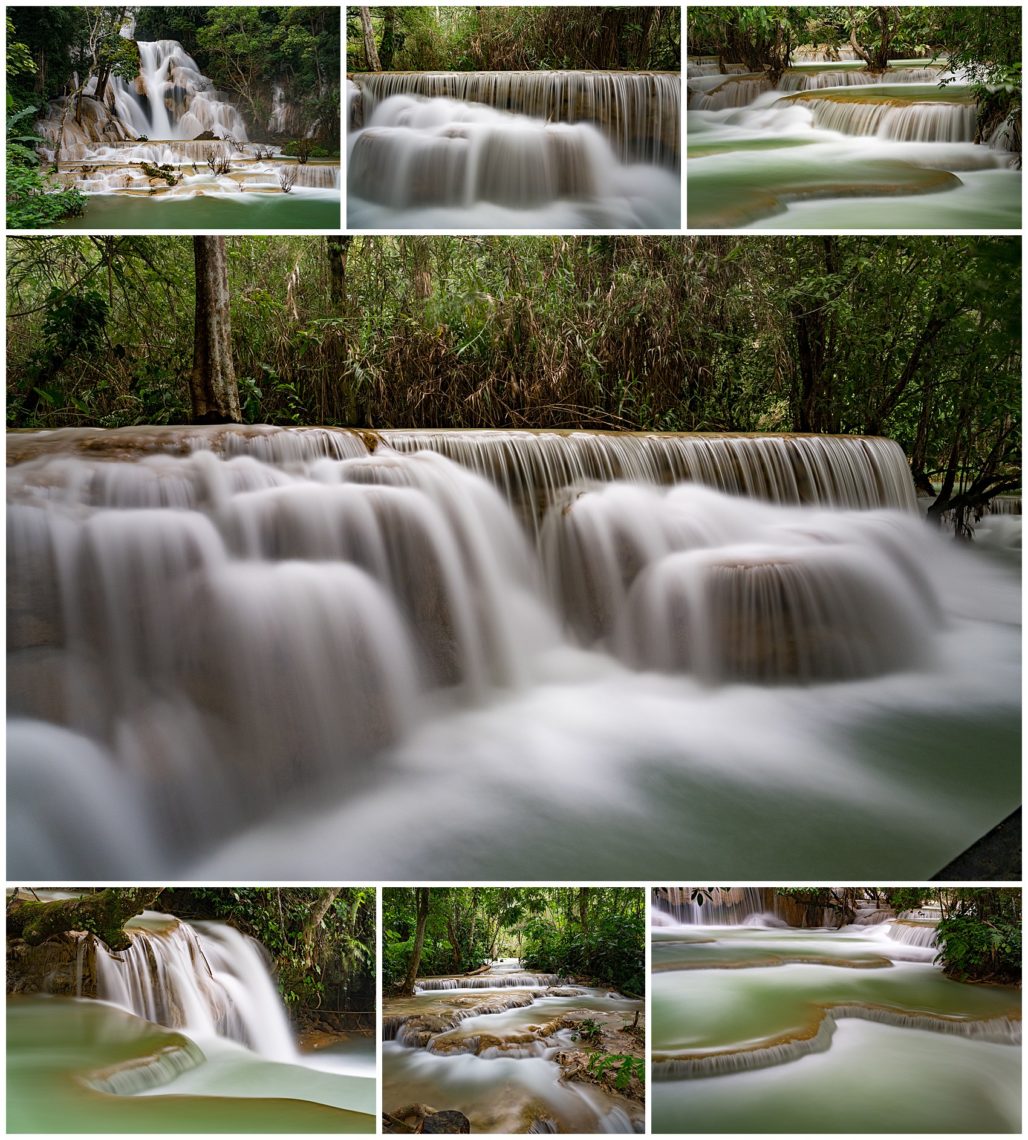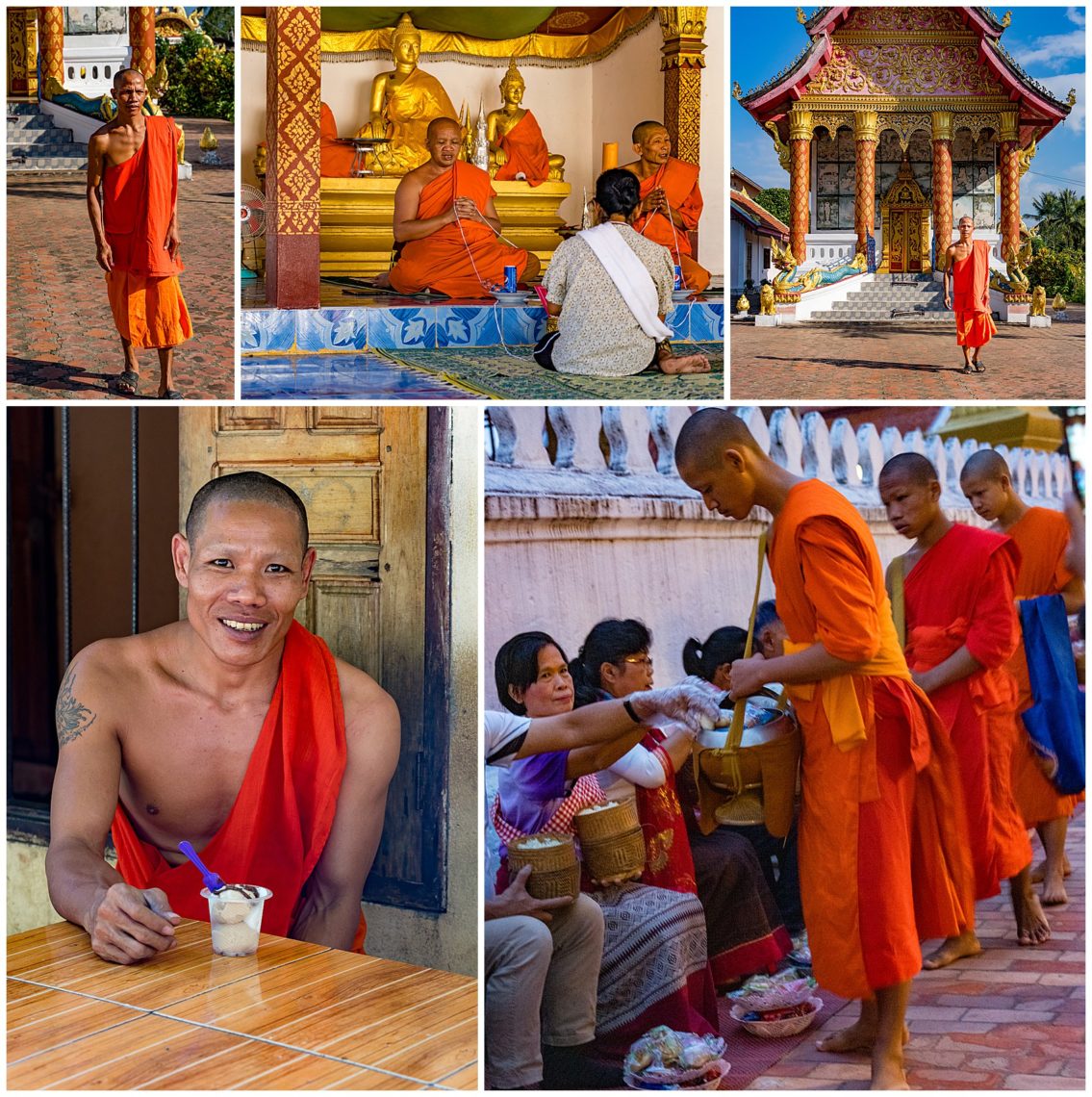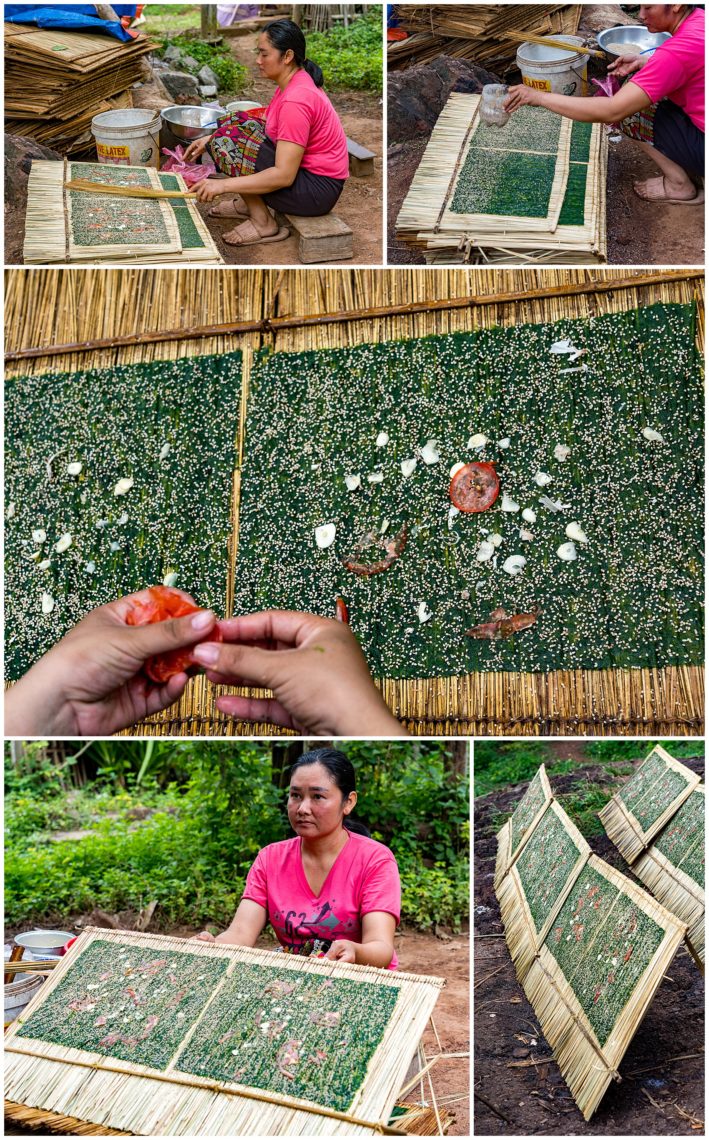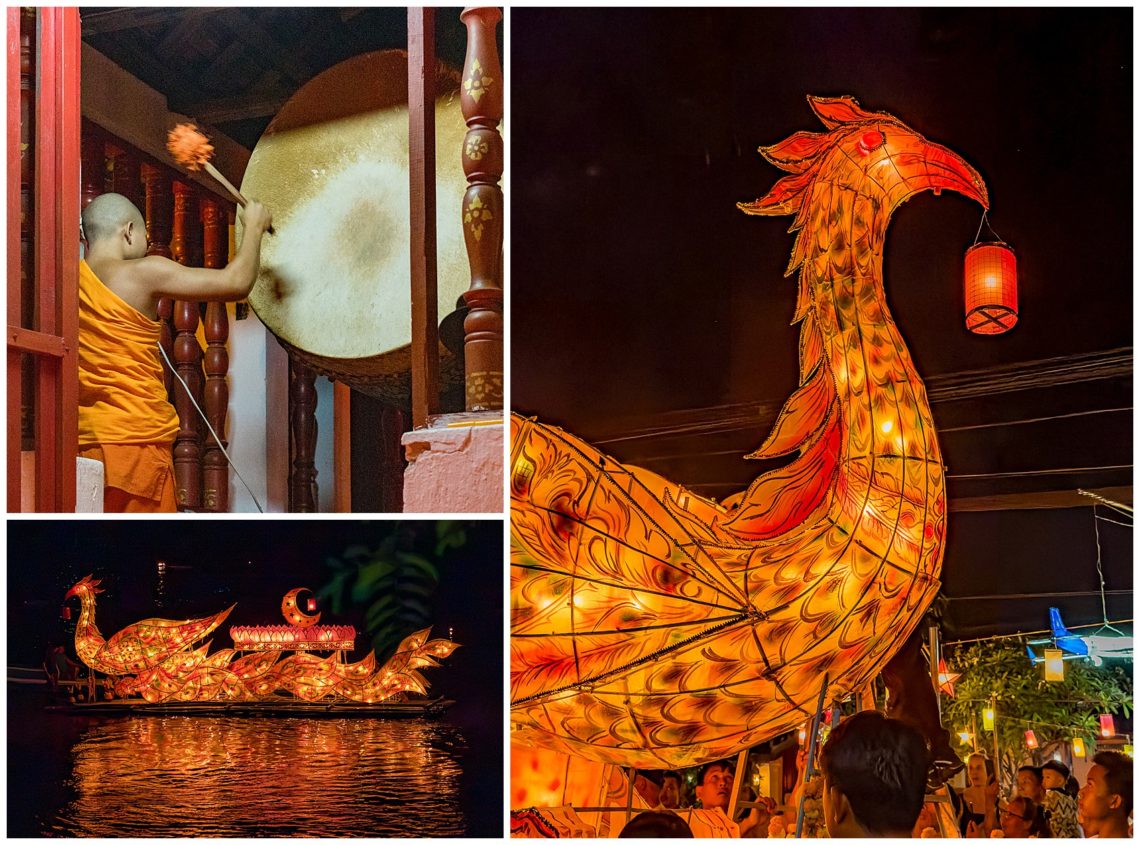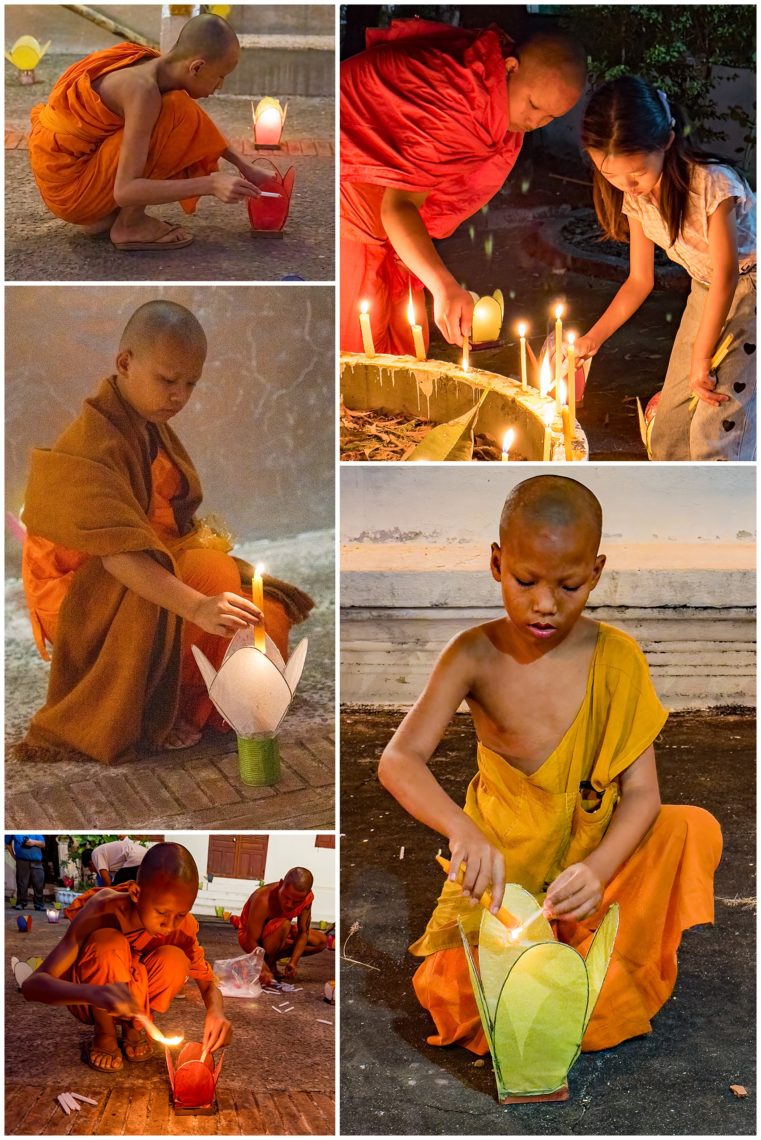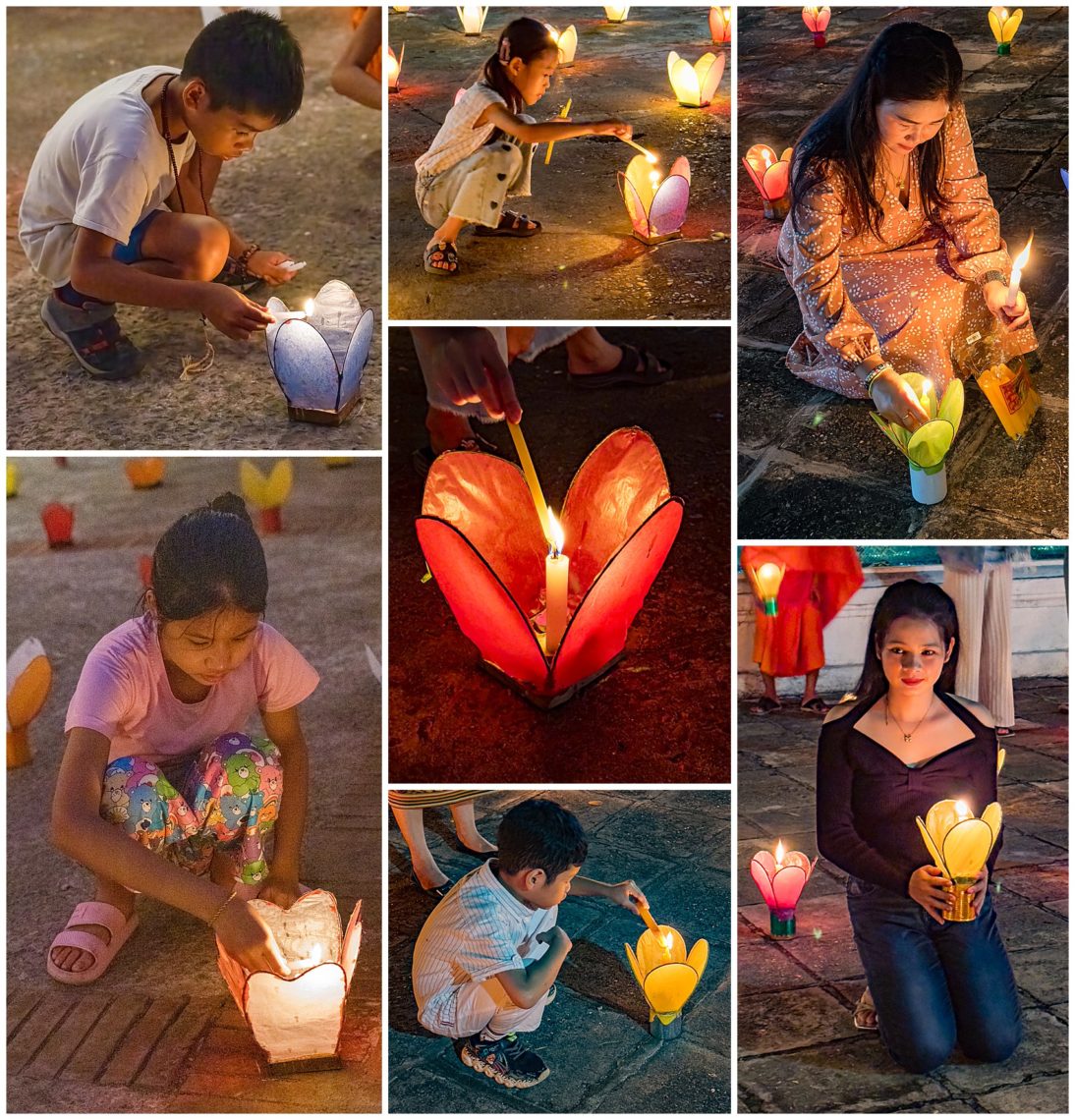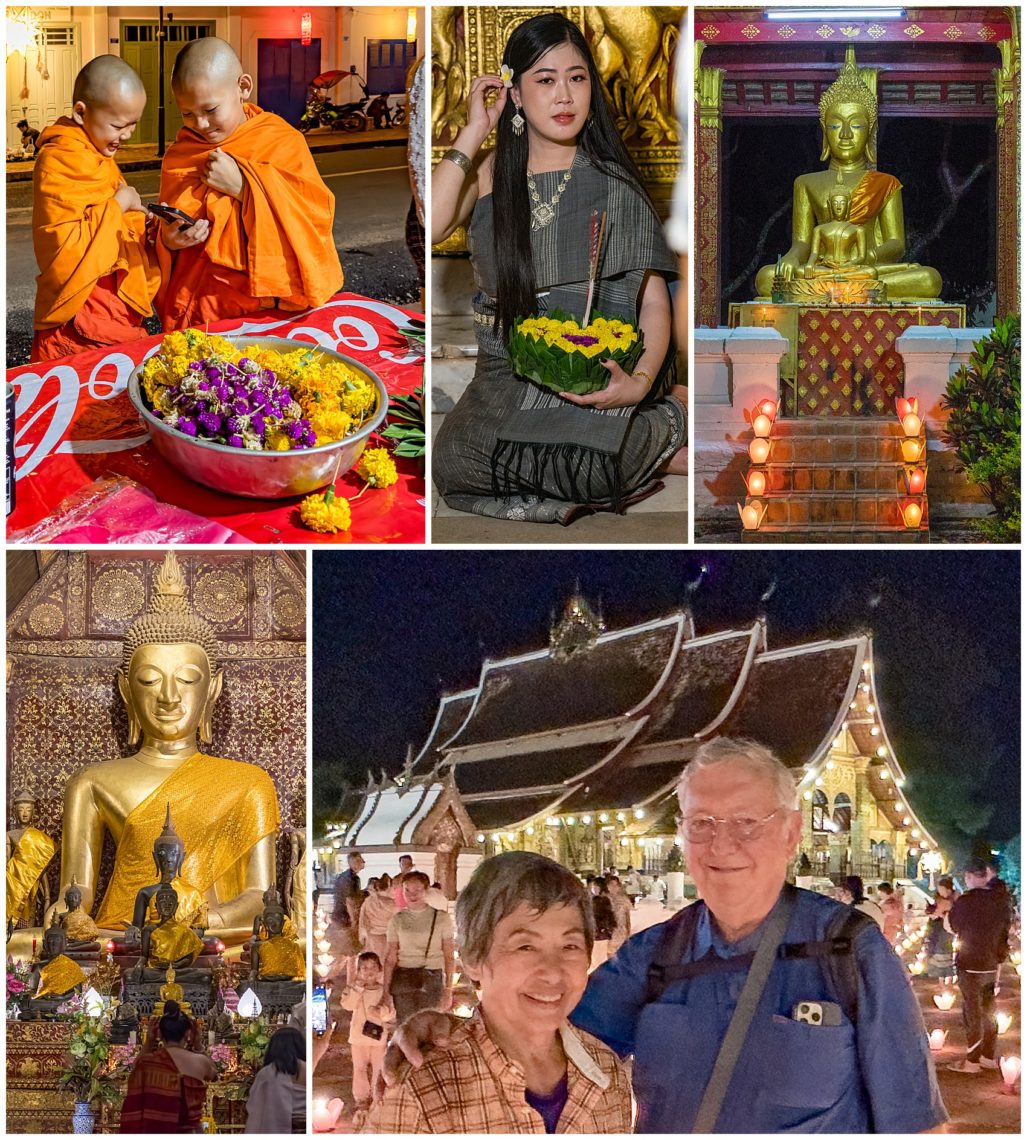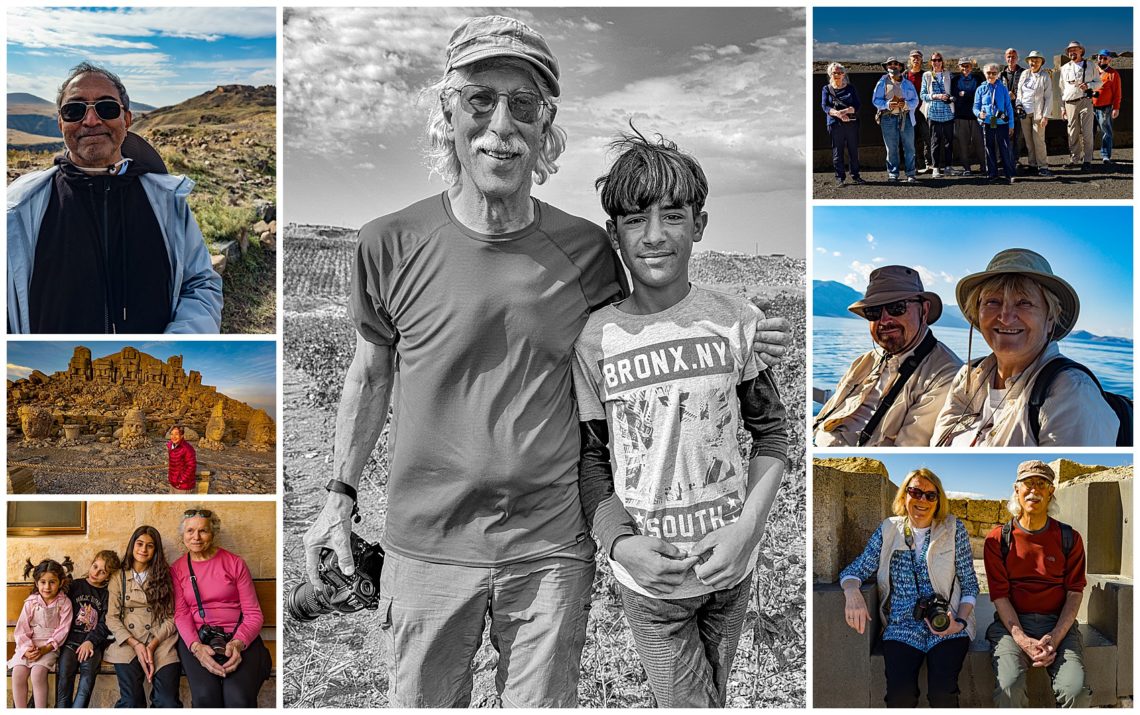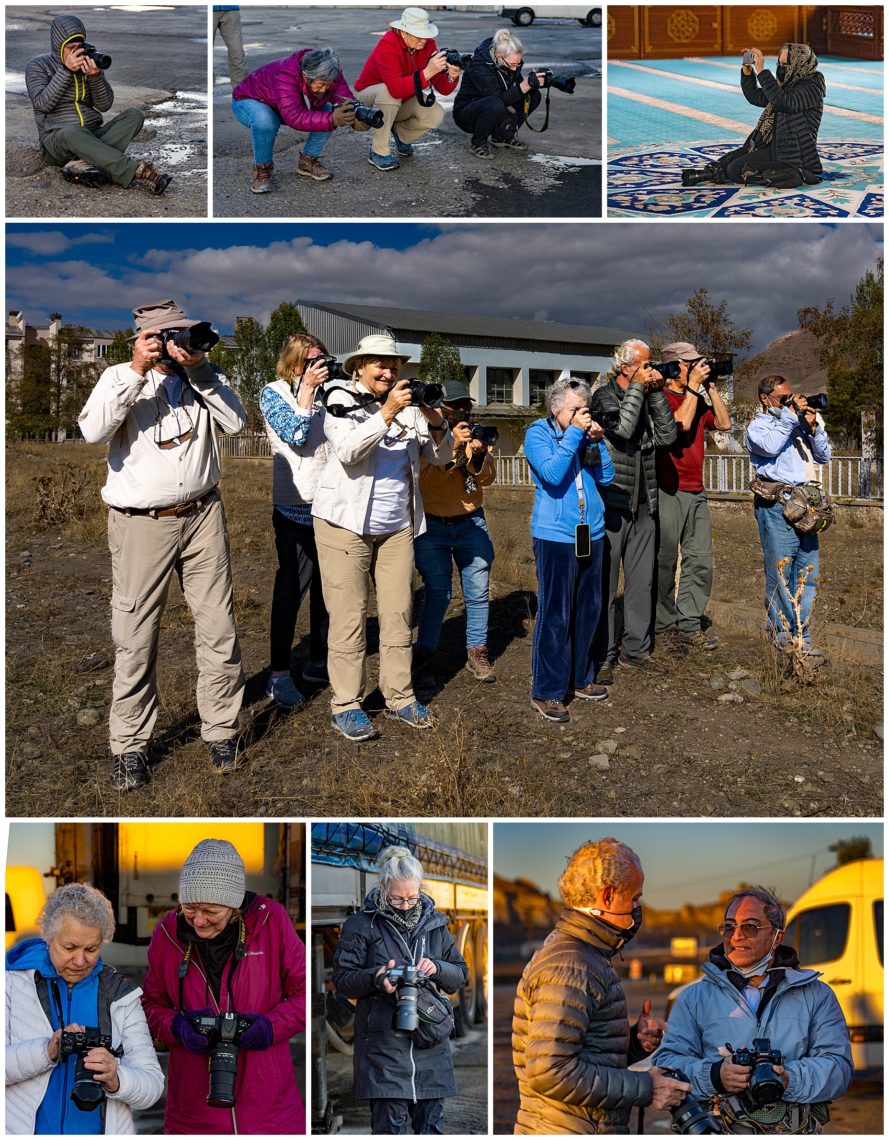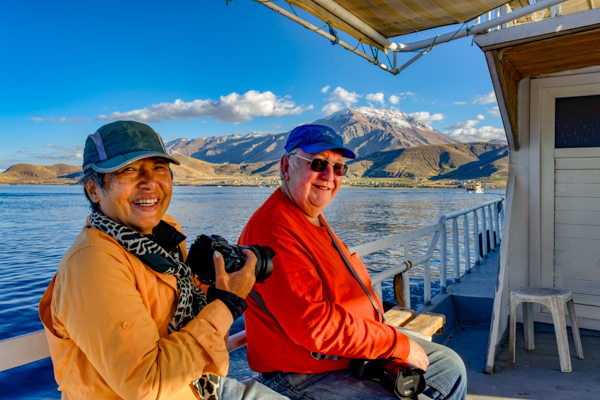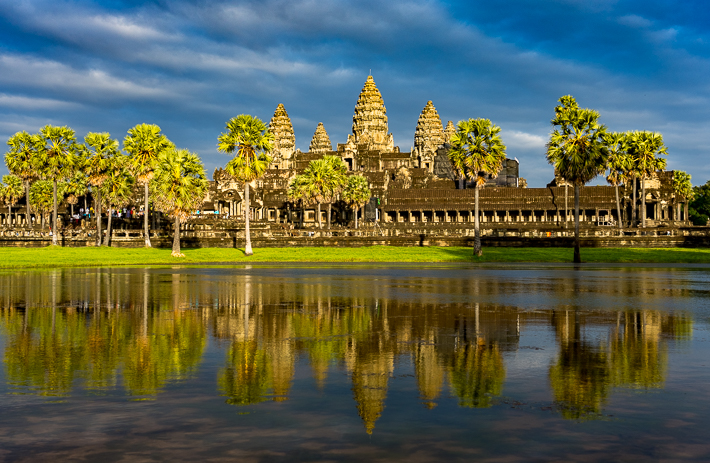
Angkor Wat iconic view at sunrise. There was quite a race to reach the coveted location for this photo viewpoint before sunrise, as every photographer’s ideal was to capture the towers in the rear separated with no overlap, a perfect reflection, with good light.
Angkor Wat is a Buddhist-Hindu temple complex located in northern Cambodia and was designated a World Heritage Site in 1992. It was built in the early 12th century, serving as a monument to King Suryavarman II, and his tomb. It is considered the largest religious monument in the world and is spread over 400 acres. It is often considered one of the wonders of the ancient world, though not on the current list of Seven Wonders of the World. We obtained a 3-day pass, and it needed all 3 days to explore this enormous set of structures.

At sunset the first night, we found bus loads of monks at the temple site. The last time we visited in 2011, there were only two young boys. This time, we were lucky and could not be happier seeing so many young monks.
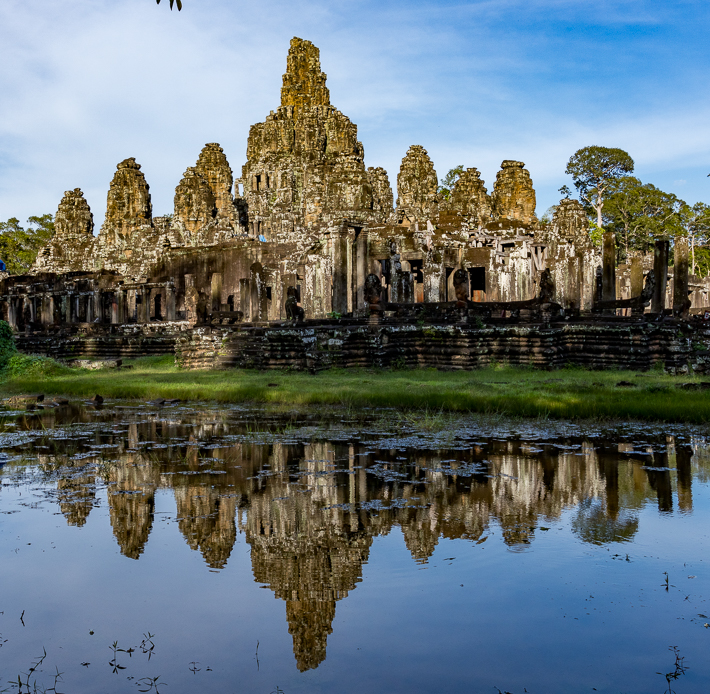
The last time we visited Angkor Wat was in October 2011, when the country was hit with a 50-year high rainfall. The floods blocked access to more than 75% of the complex, so we were looking forward to seeing this temple again. The photo above shows the reflections from Bayon Temple(top). Click any of the three links in this paragraph to see our report from that prior trip to this location.
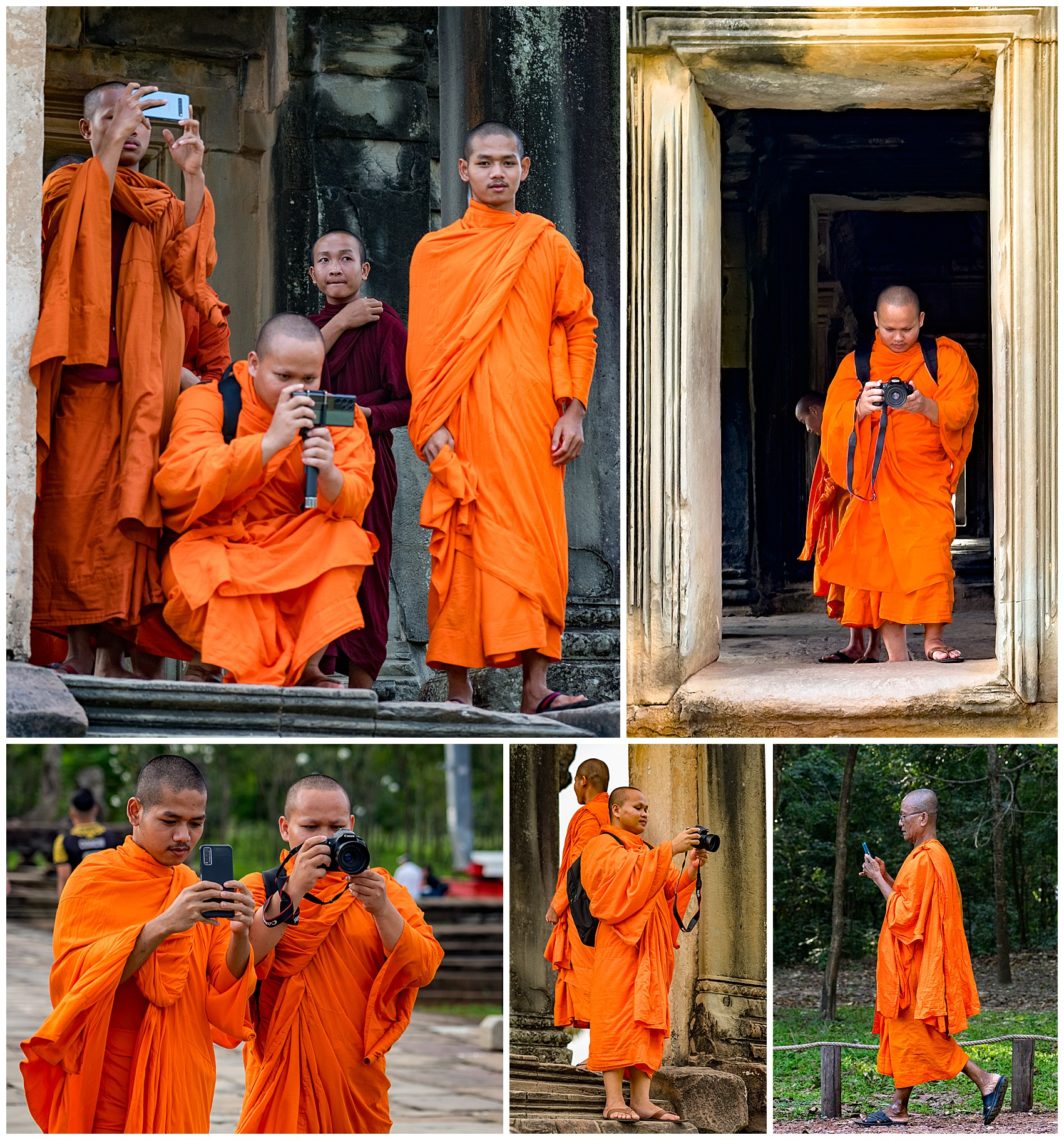
The monks now all have cell phone cameras and digital cameras, and were really enjoying taking photos of each other. Technology has changed the world.
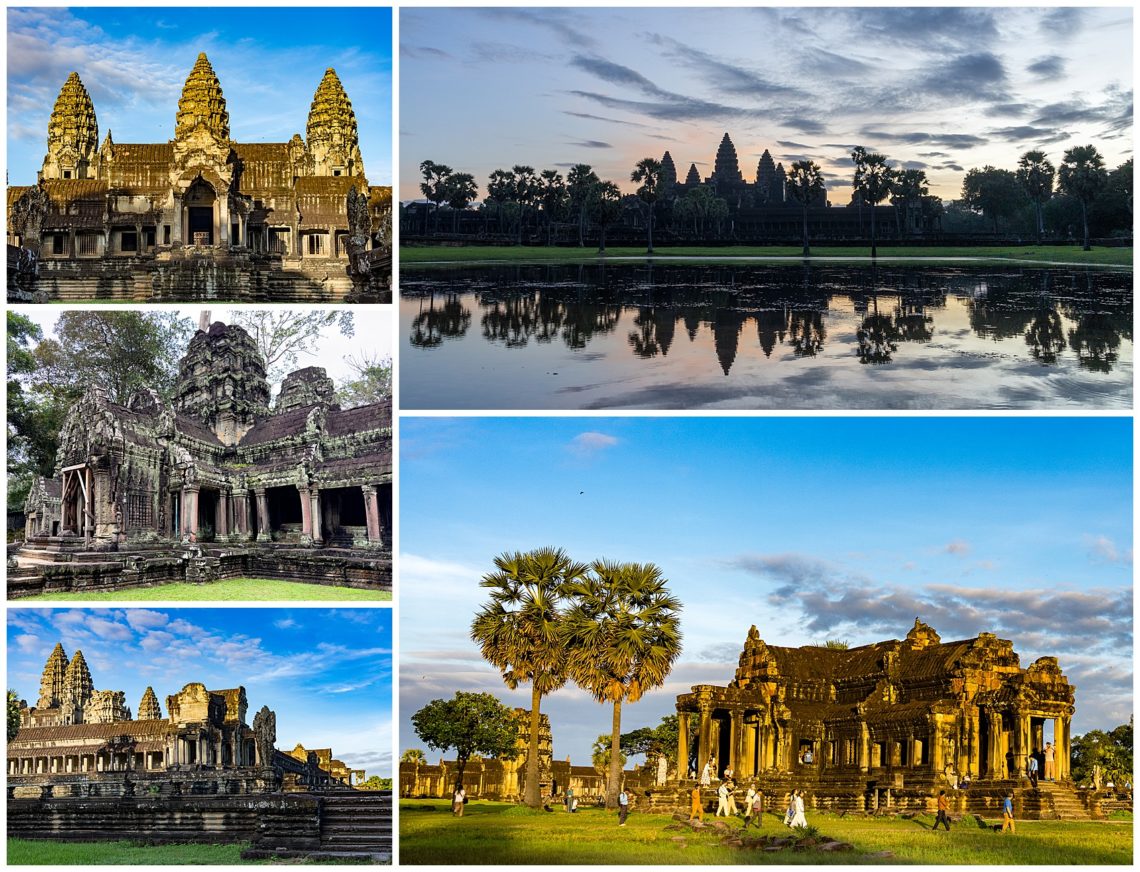
Angkor Thom is the correct name of the huge archaeological city, and Angkor Wat, Ta Prohm and Wat Bayon are part of this. It was easy to get lost. In fact, Evelyn did lose her way, but fortunately, the monkeys found her first. Clearly, the tourists are back, as people were fighting to get selfies taken at the Ta Prohm temple, the movie site of Tomb Raider, where Lara Croft, the character played by Angelina Jolie (Below top left) were shot.
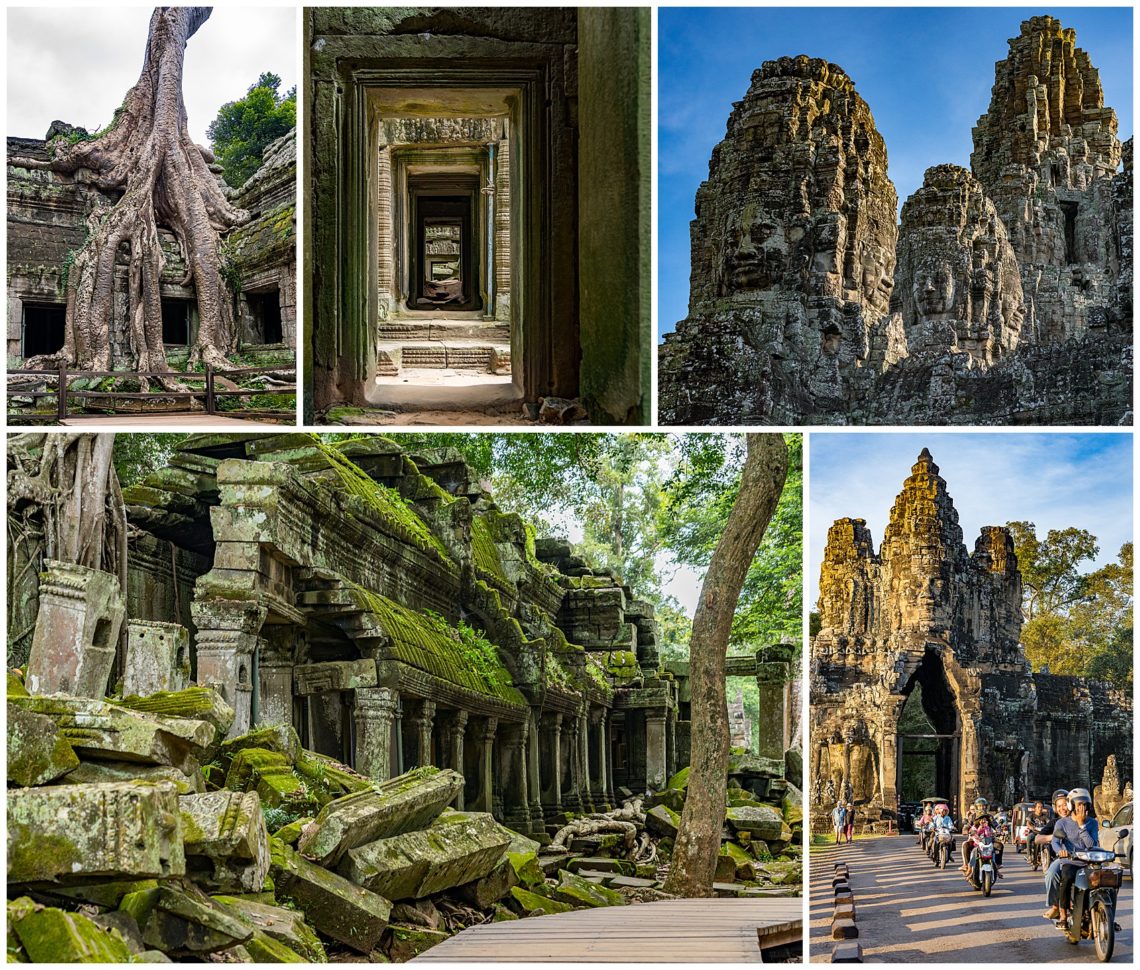
The light was beautiful, so we shot thousands of photos here. It was difficult culling out so many wonderful images. Here is a view from the South Gate (bottom right). The south gate of Angkor Thom was inundated with motorbike traffic and the bridge was filled with photographers lined up to take sunset photos with the stone heads along the top of the bridge. Bayon Temple show the many faces of Buddha (top right). Ta Phrom Temple is the one that the jungle has taken over.
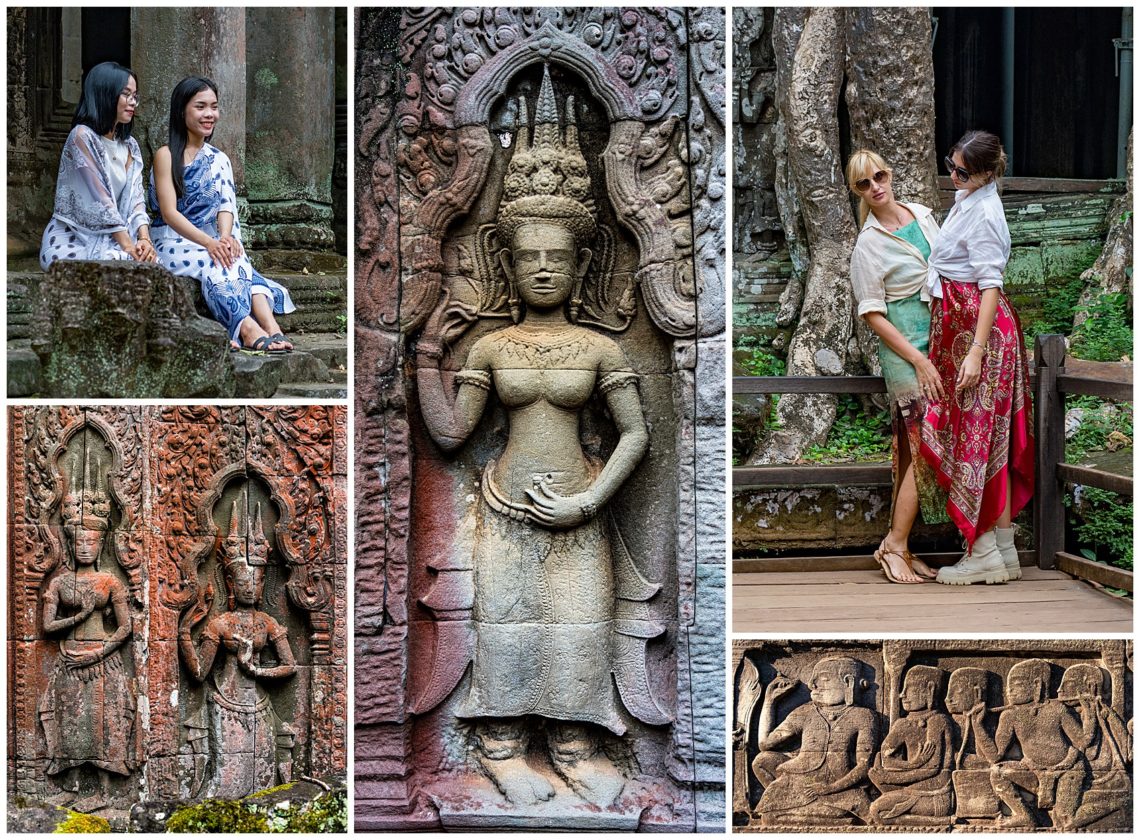
There were so many details that survived earthquakes and the Khmer wars. The extensive bas-relief with stories of the Hindu god Vishnu, the colors in the stone, the thousands of faces of Buddha. Angkor Wat is considered the heart and soul of Cambodia.
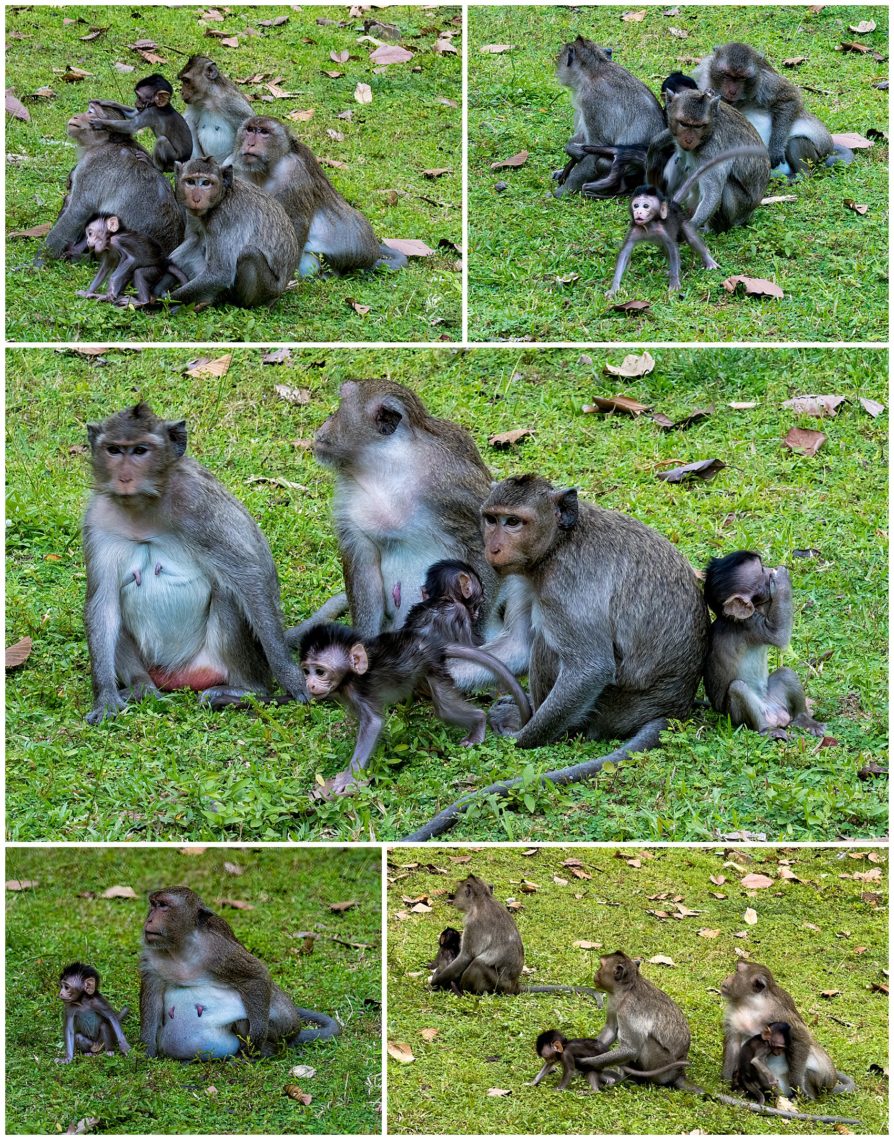
We were warned that monkeys are quite mischievous and to hang onto our cameras, phones, eye glasses, jewelry, water bottles and anything else that a monkey could claim. Though we did see one pair of monkeys go after a tourist, we were fortunate to be able to photograph their antics without personally being molested.
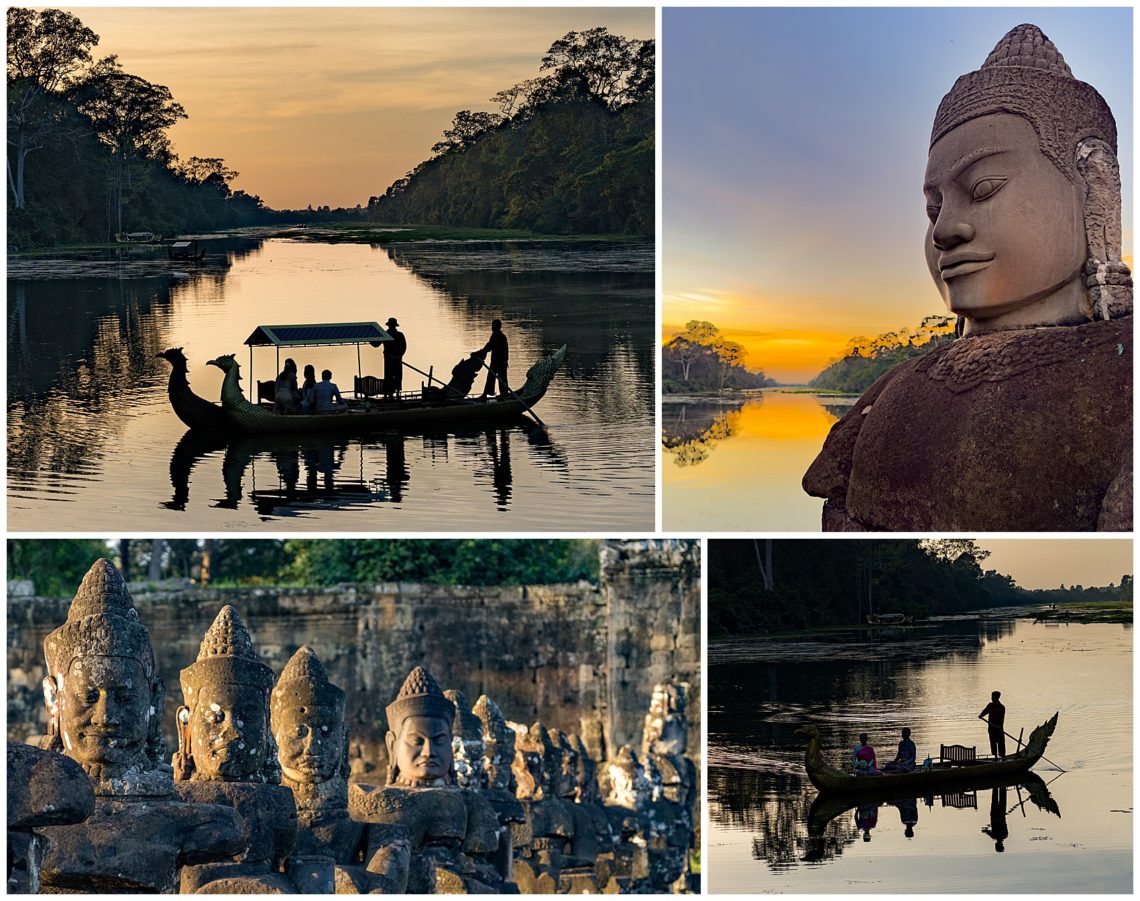
The orange color lit up the skies at sunset, as viewed from bridge at the South Gate of Angkor Wat. Even gondoliers have set up business to bring tourists to view the sunset.
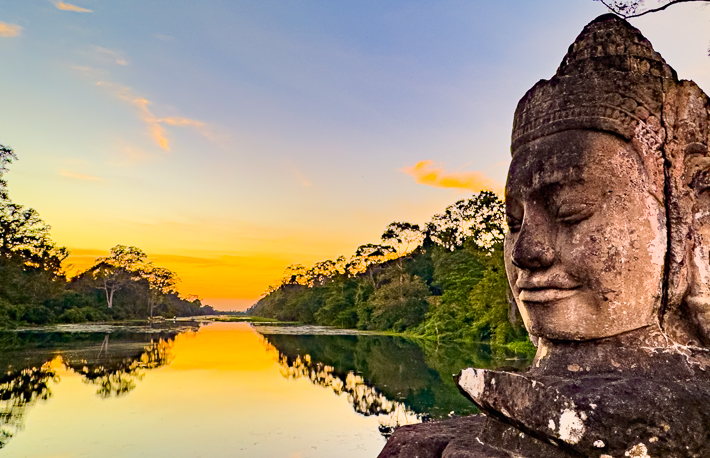
We were thrilled with this final scene as a goodbye gift from Cambodia. It was absolutely incredible to finally see this grand temple. Good bye Angkor Wat.
